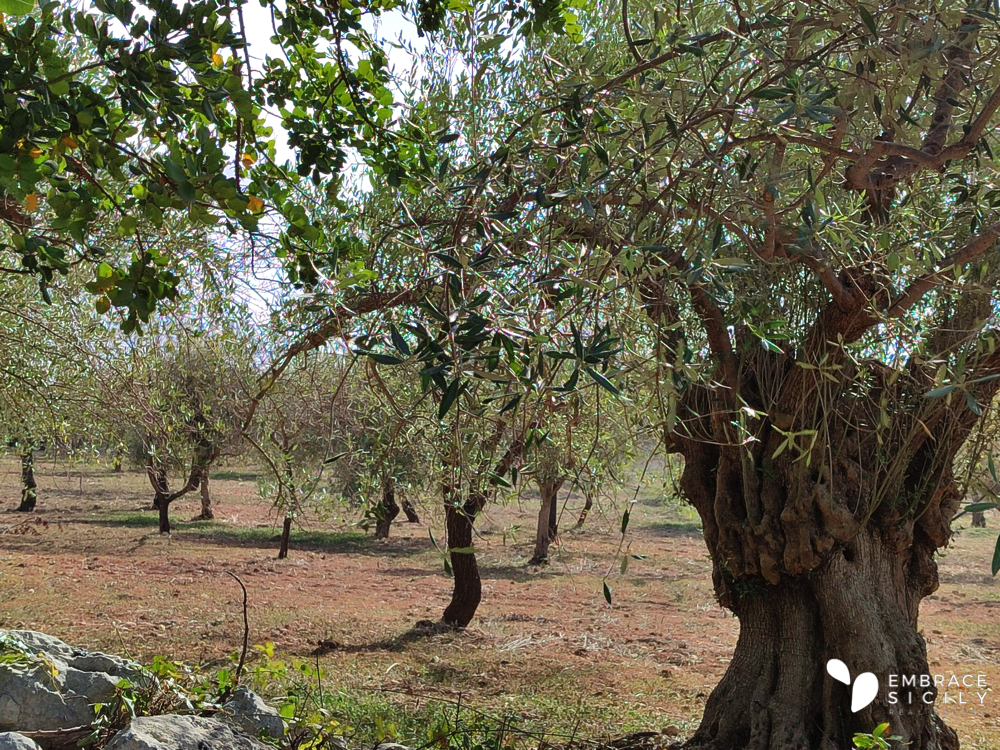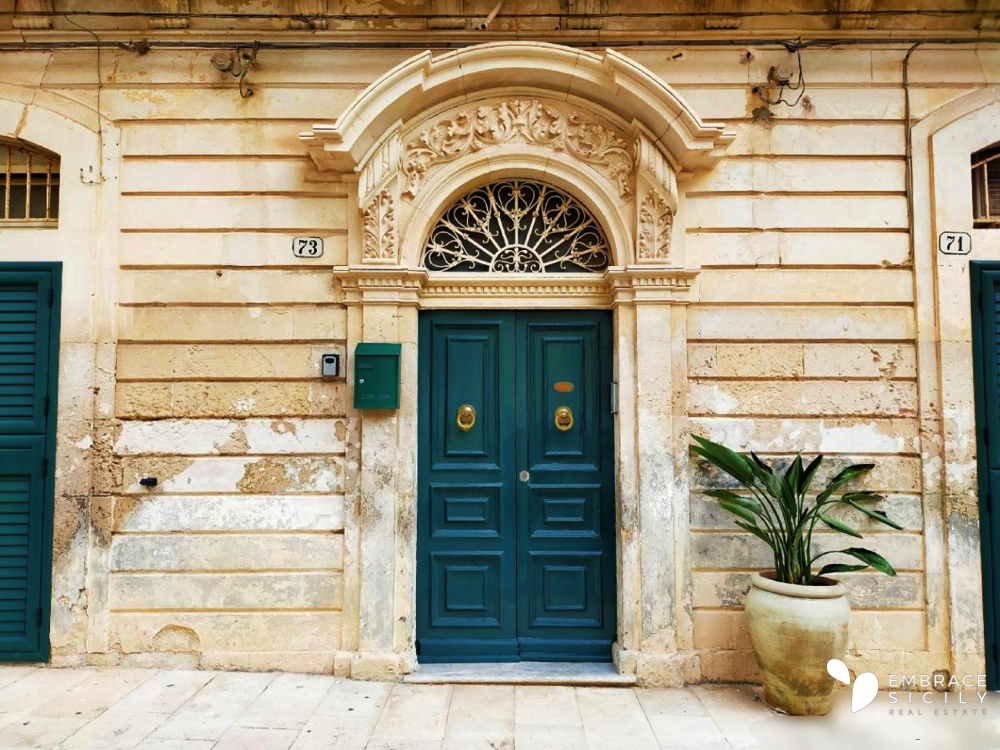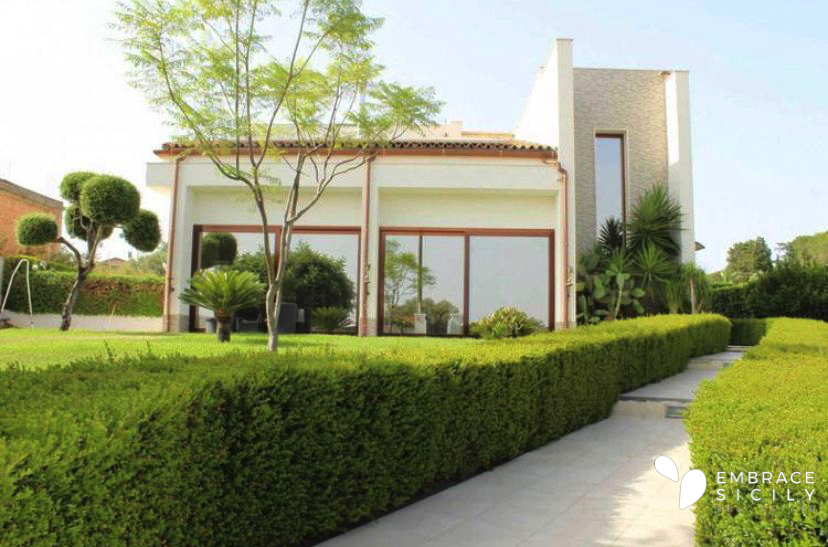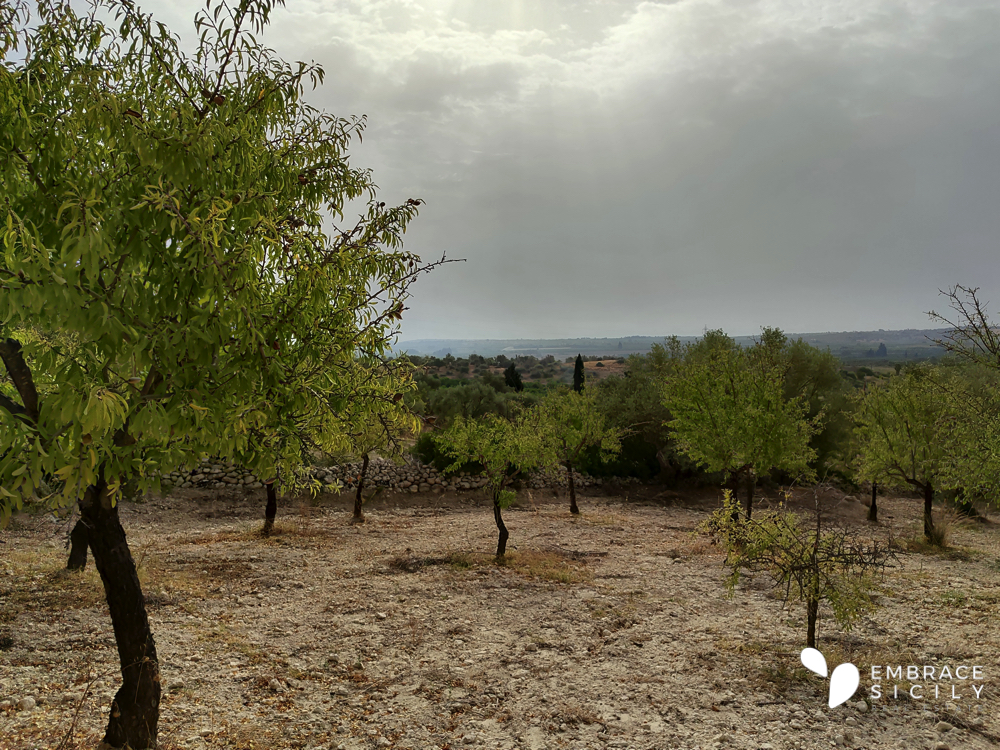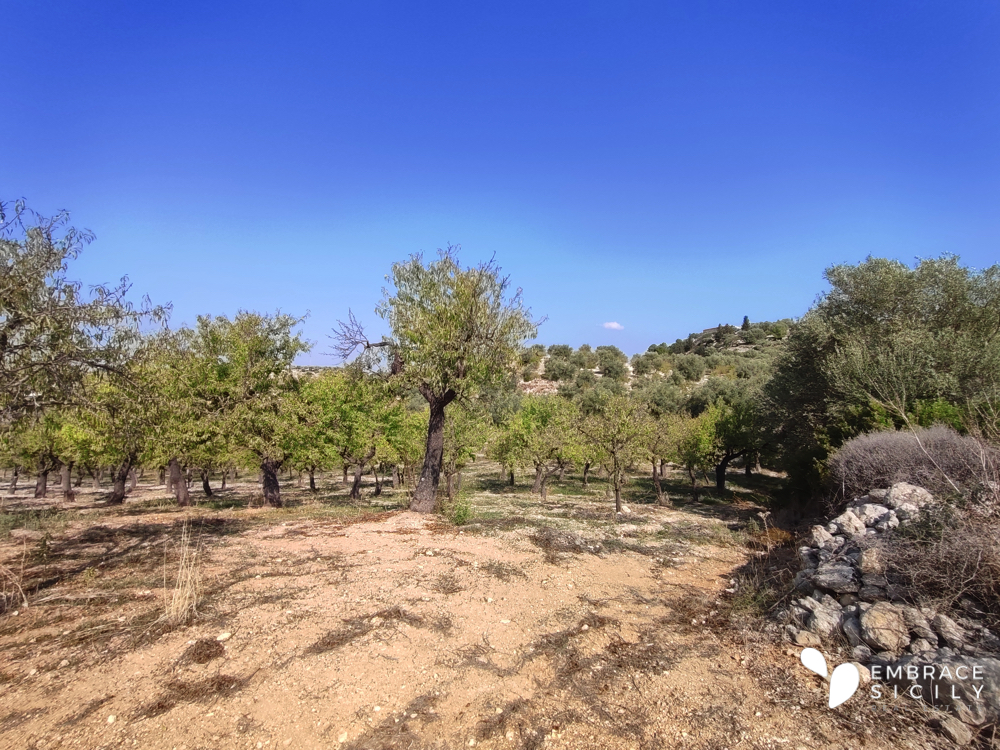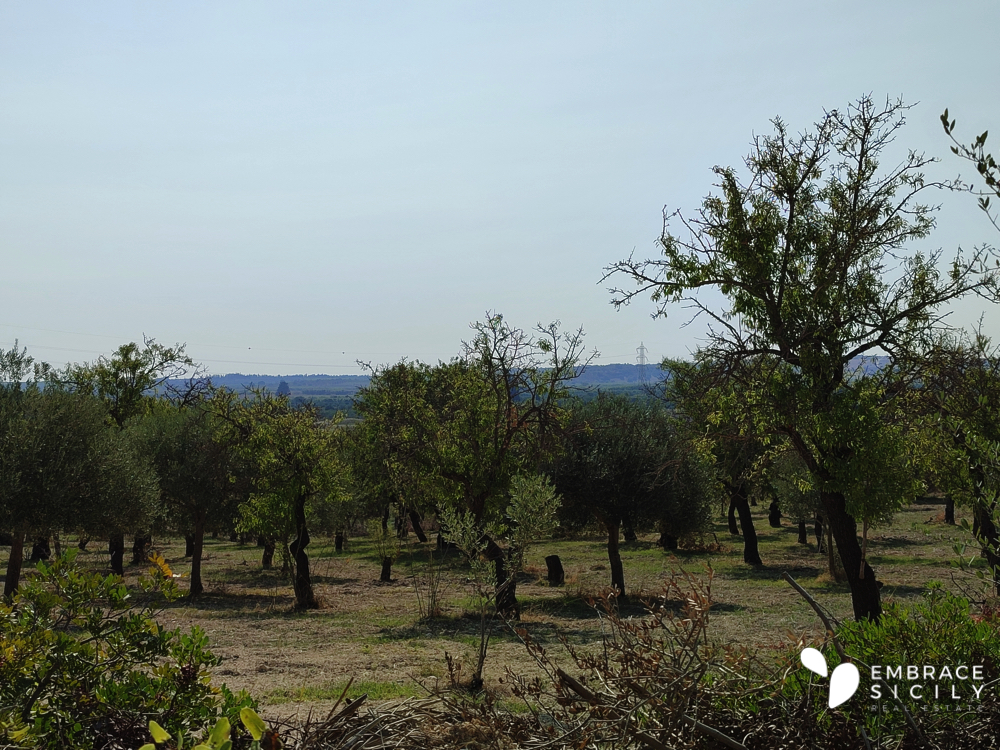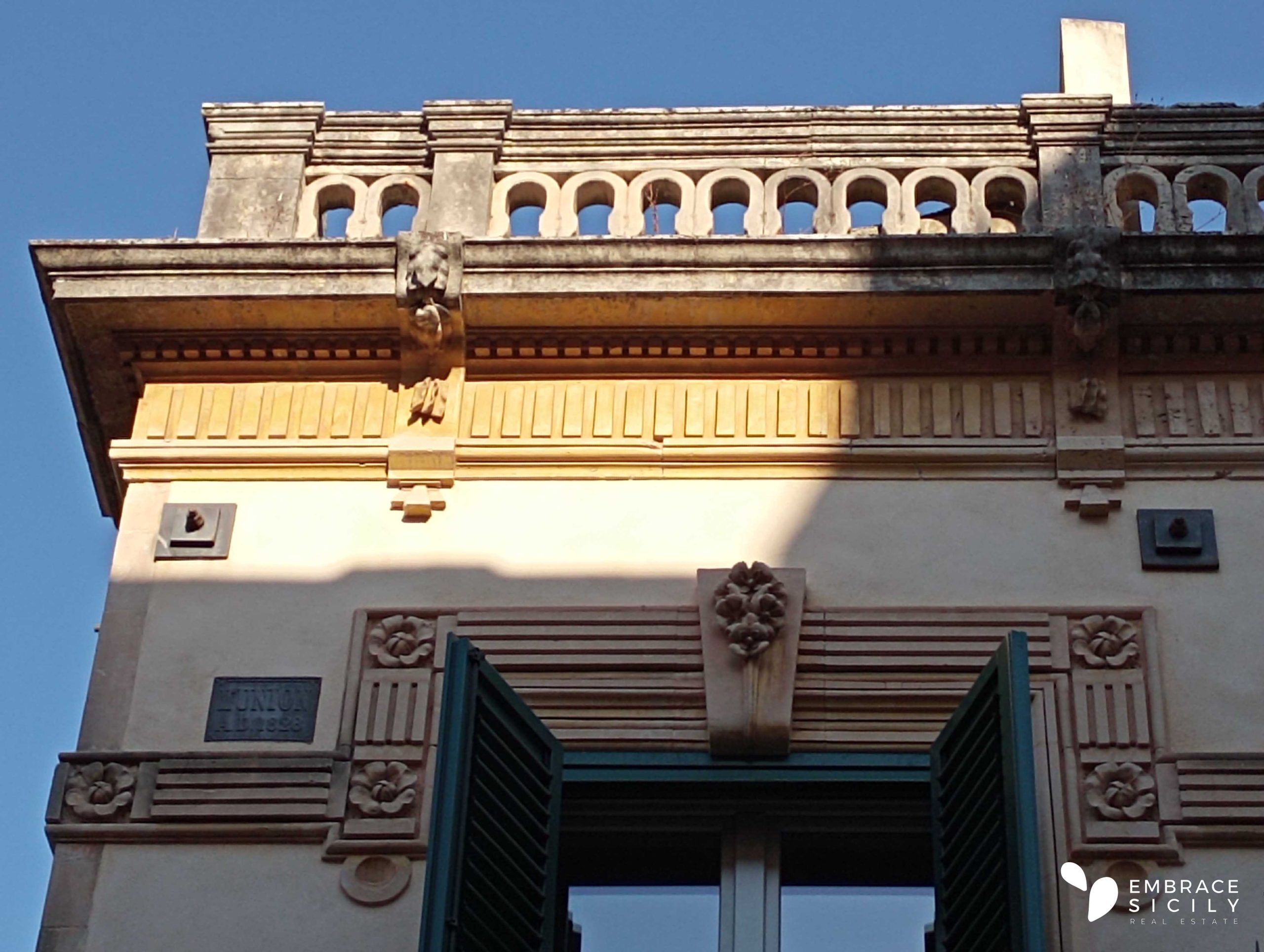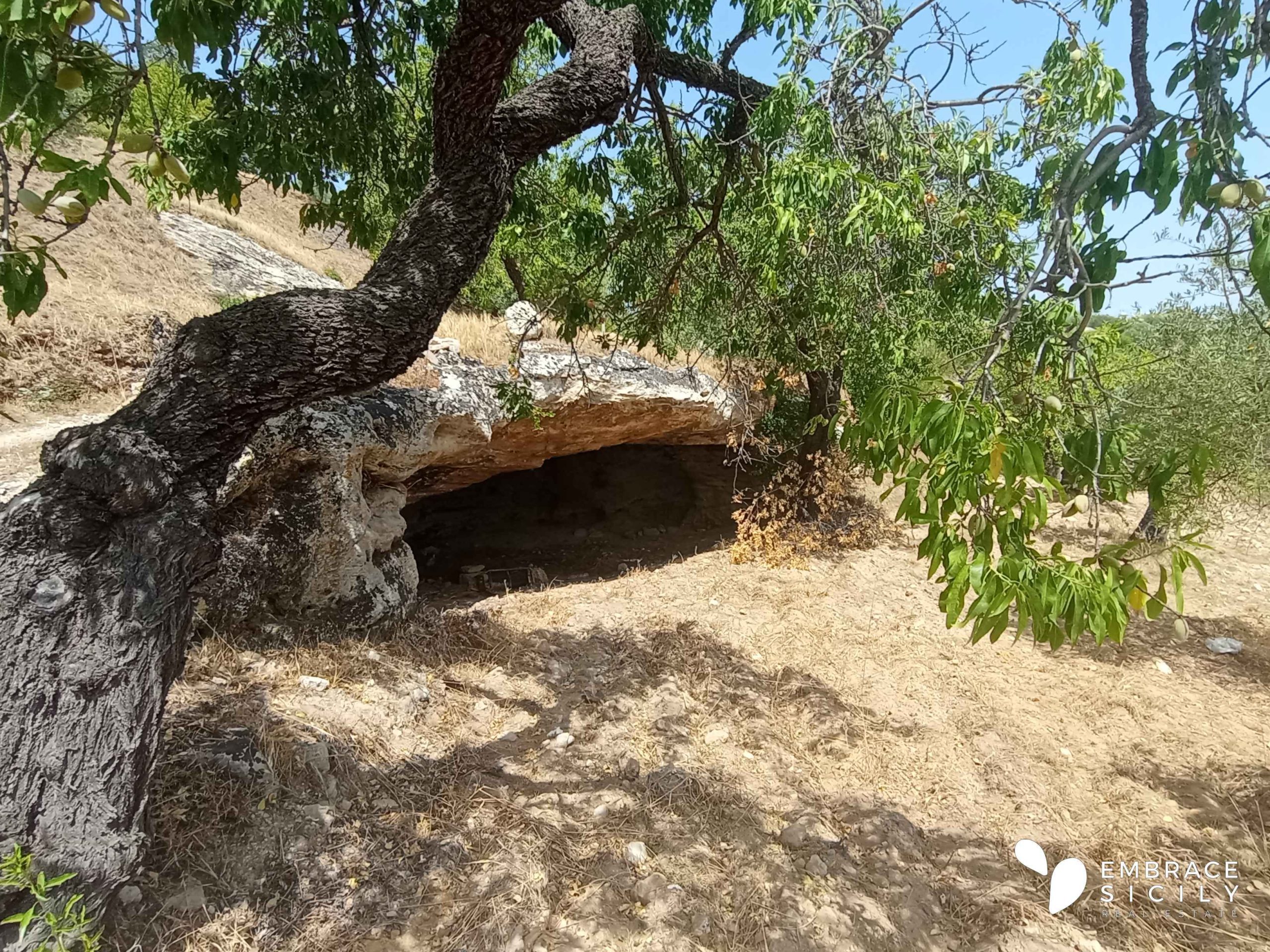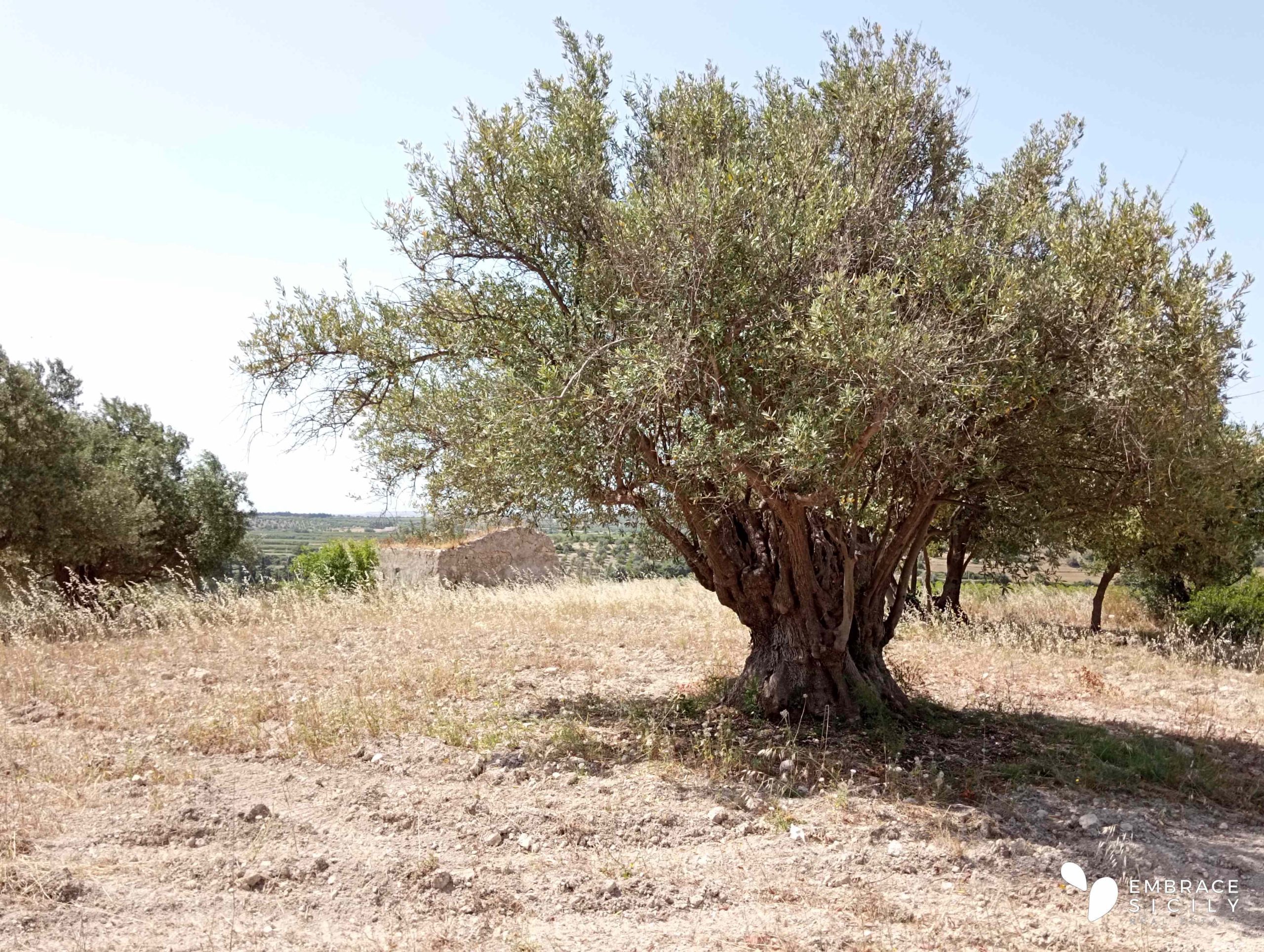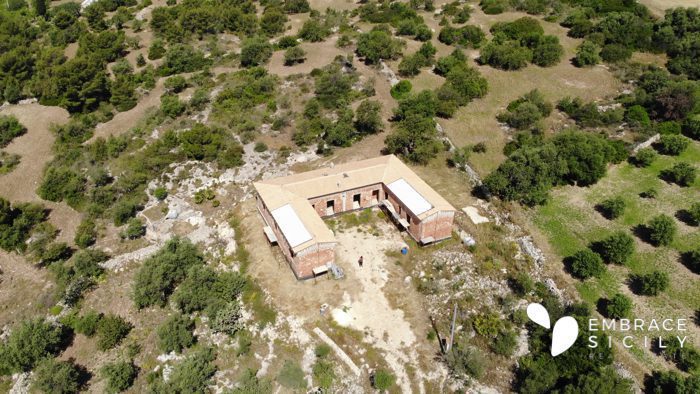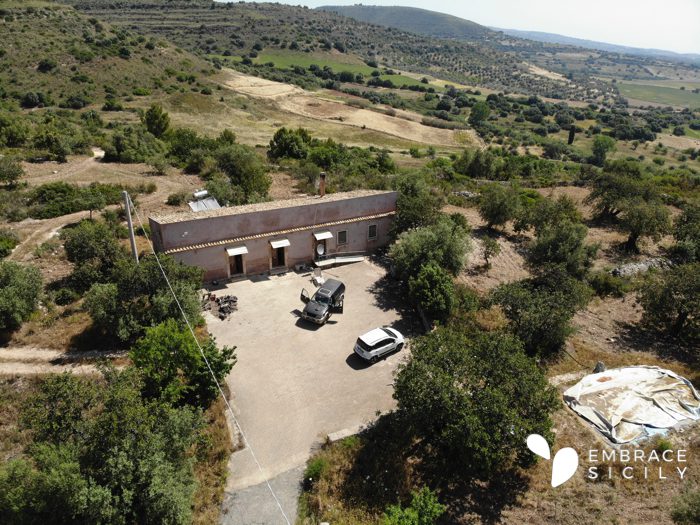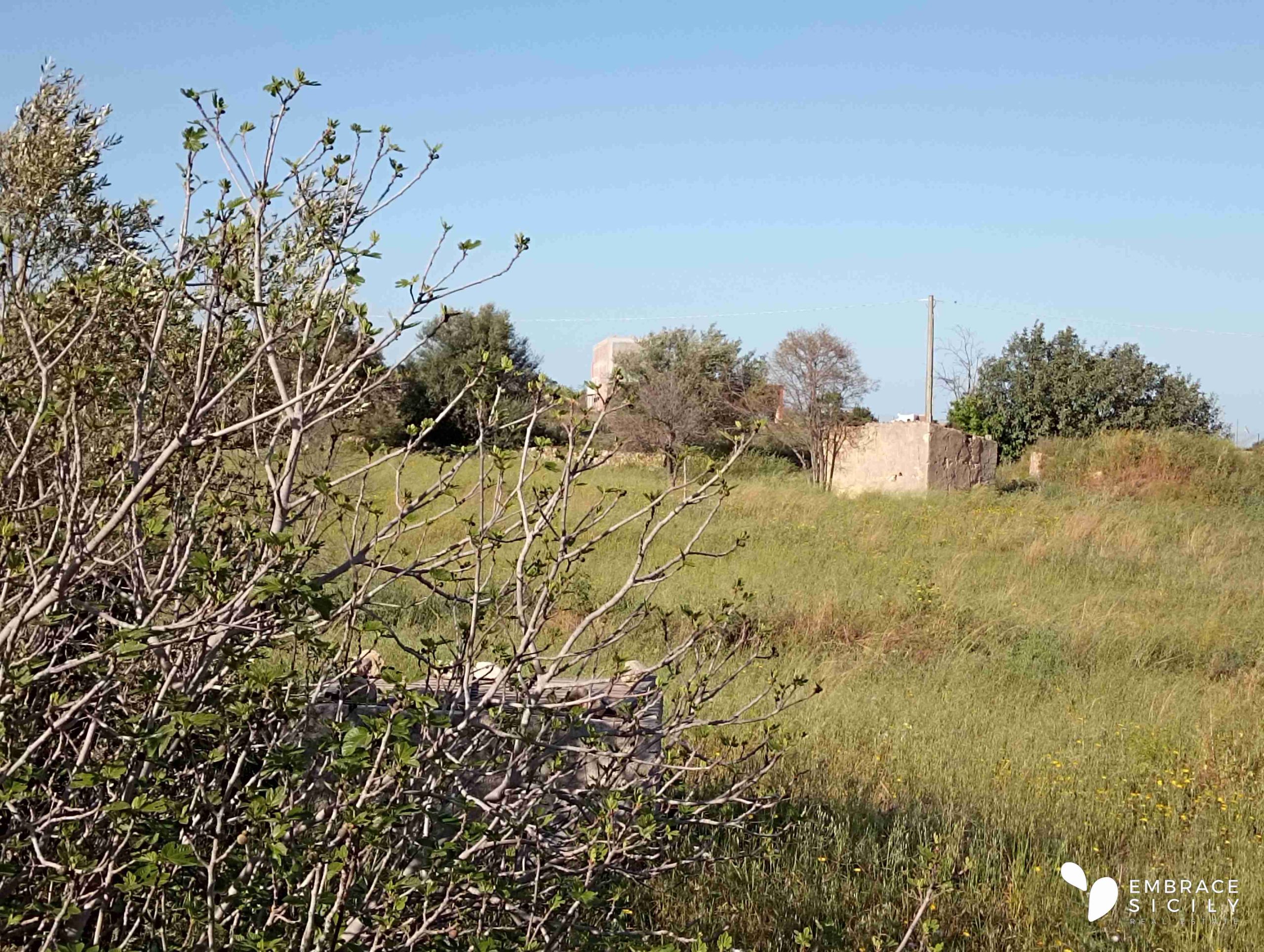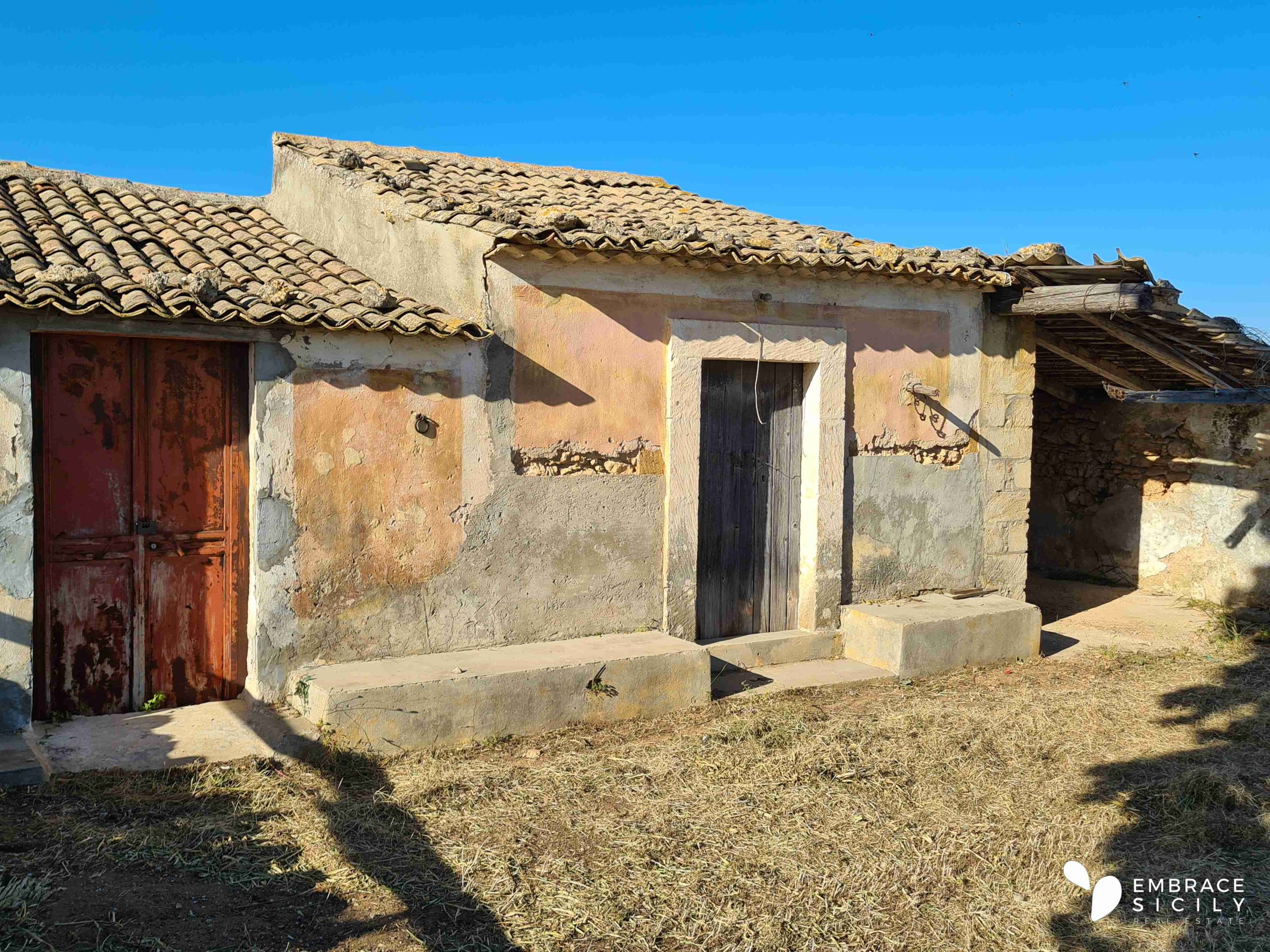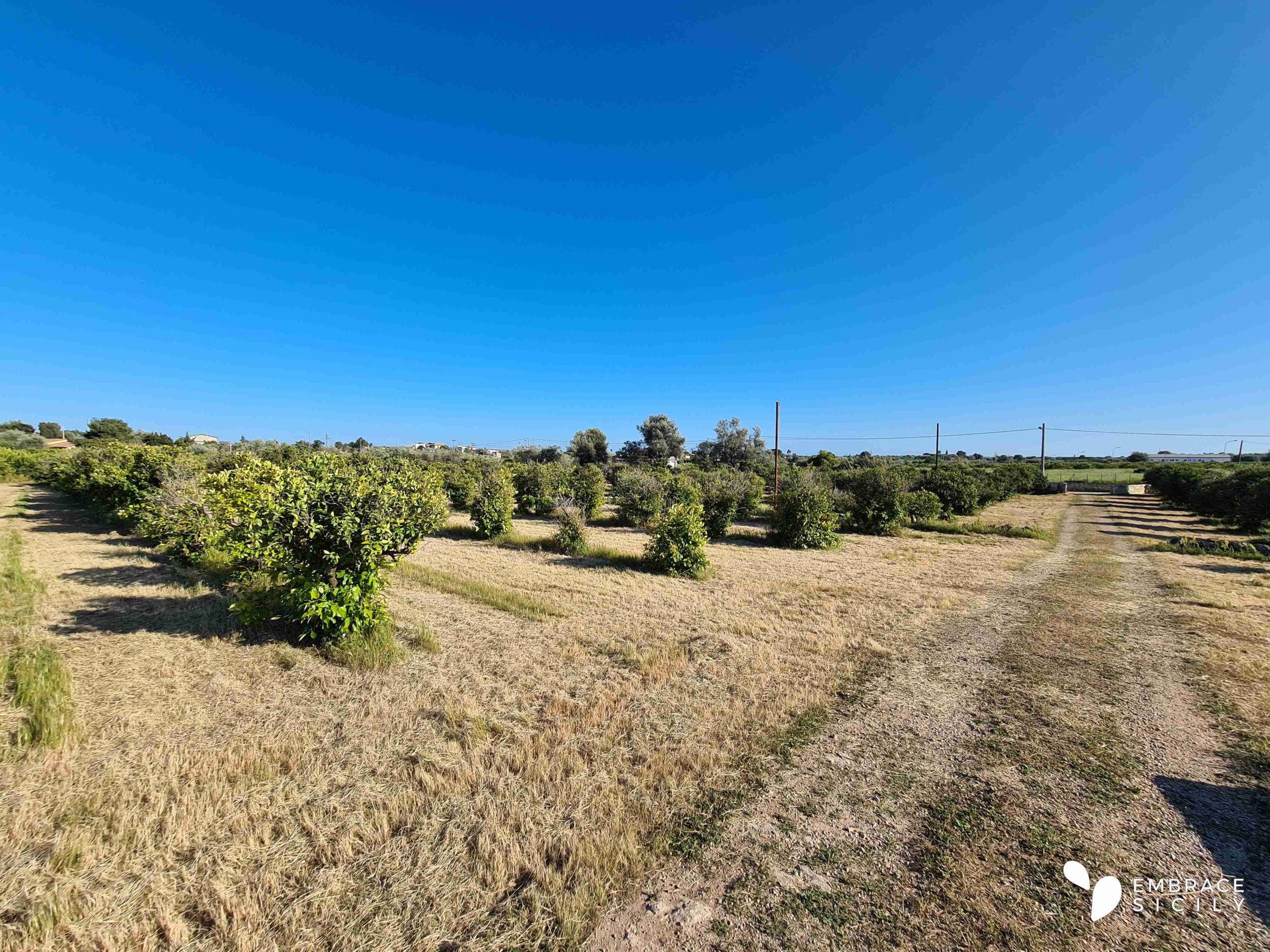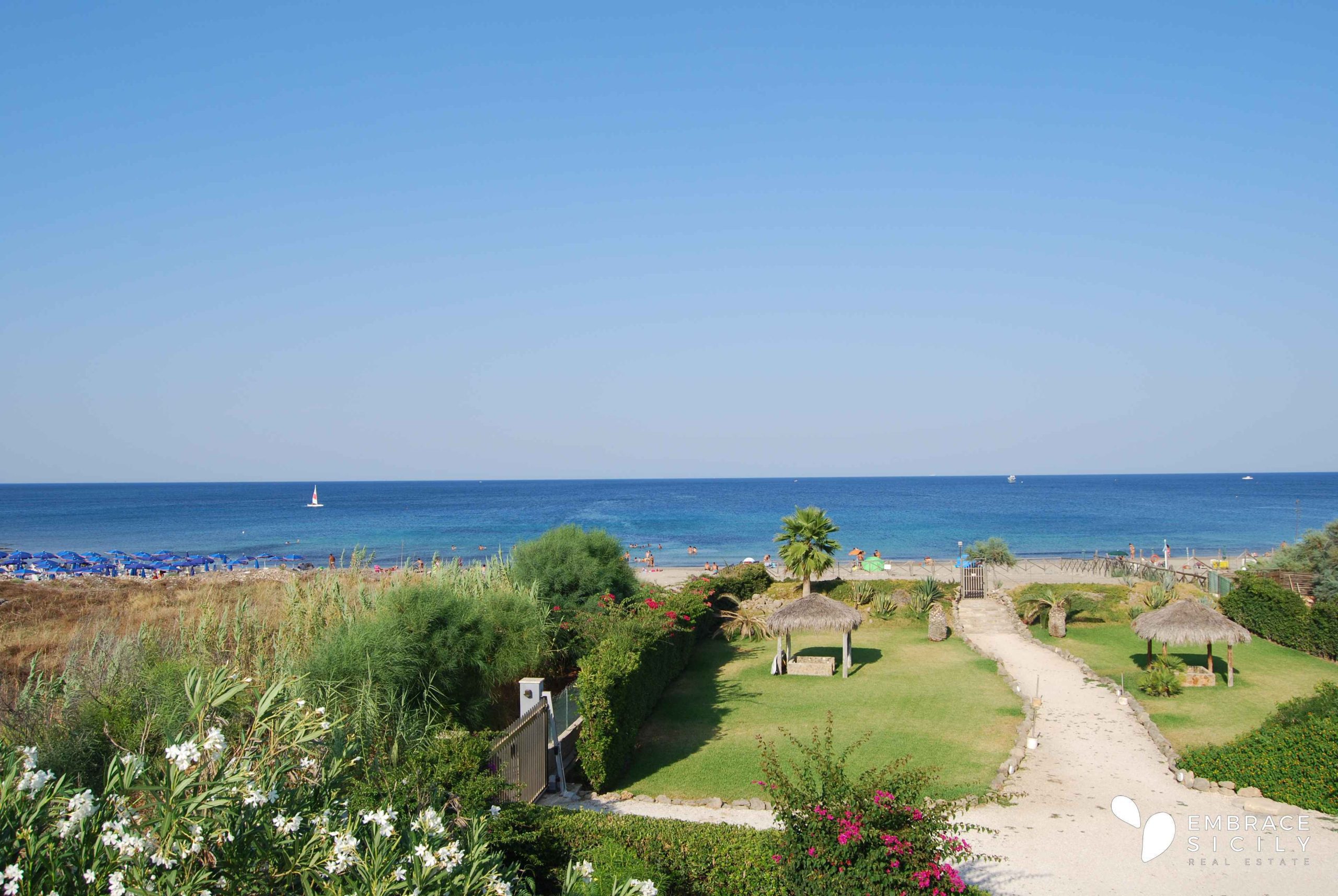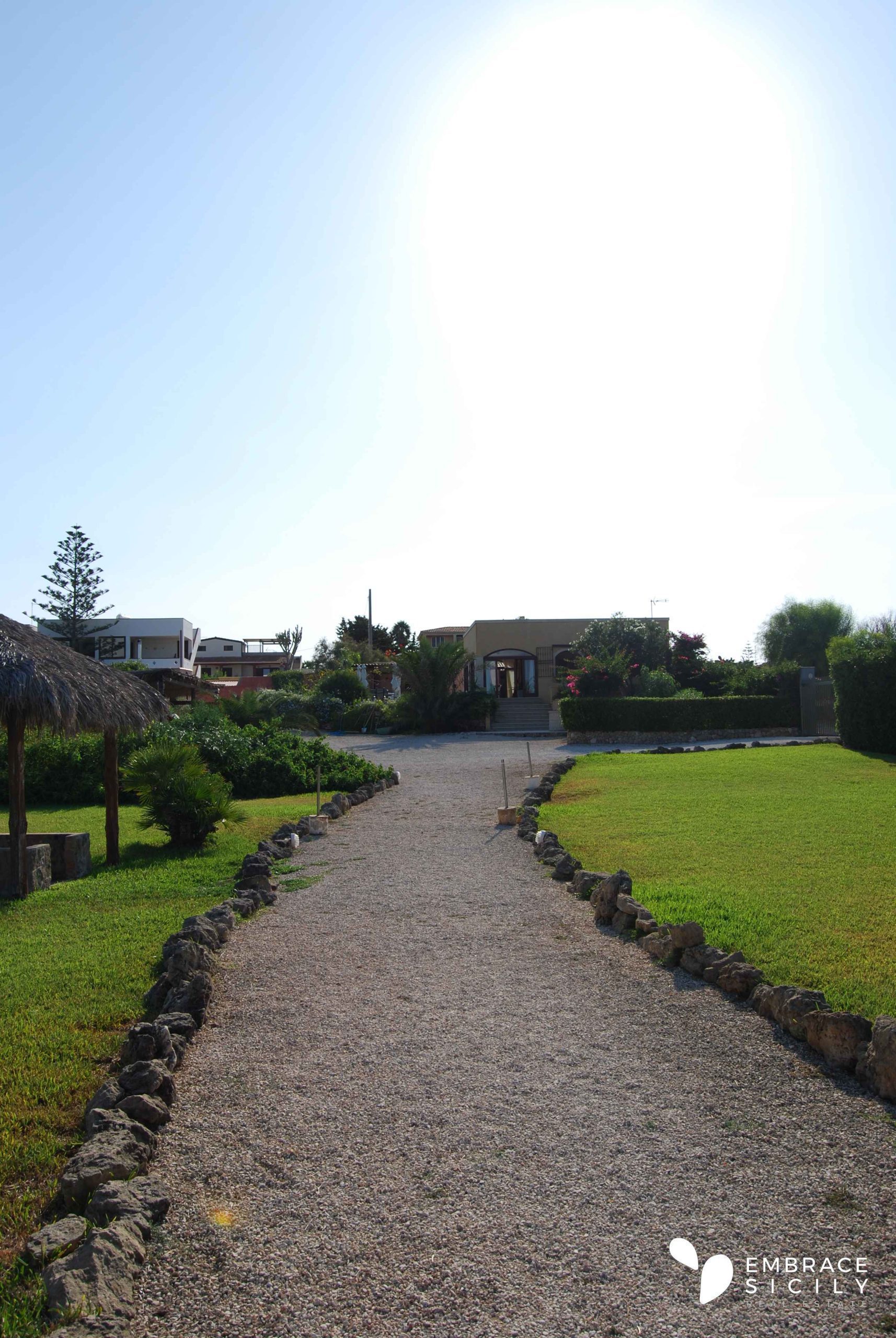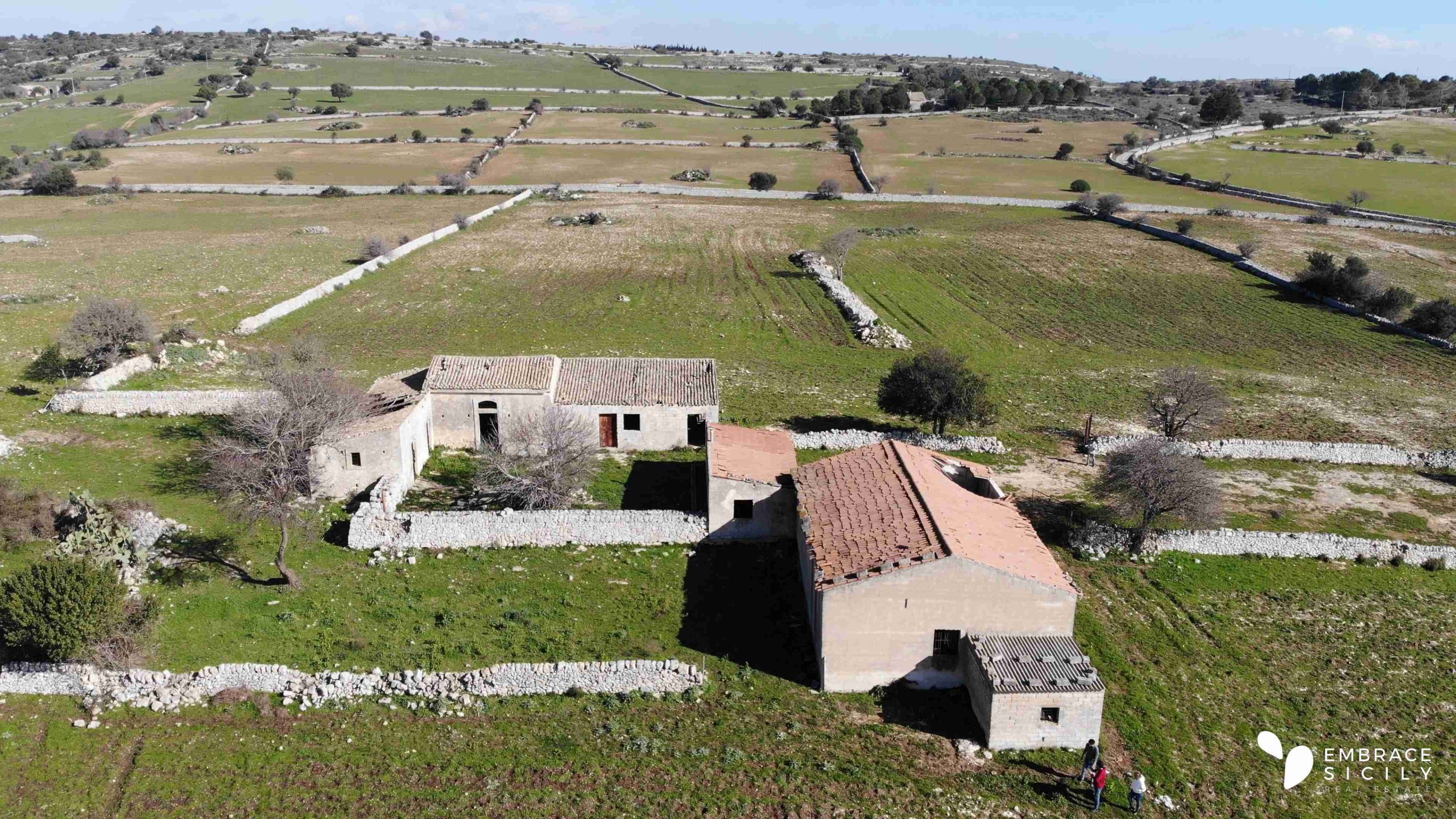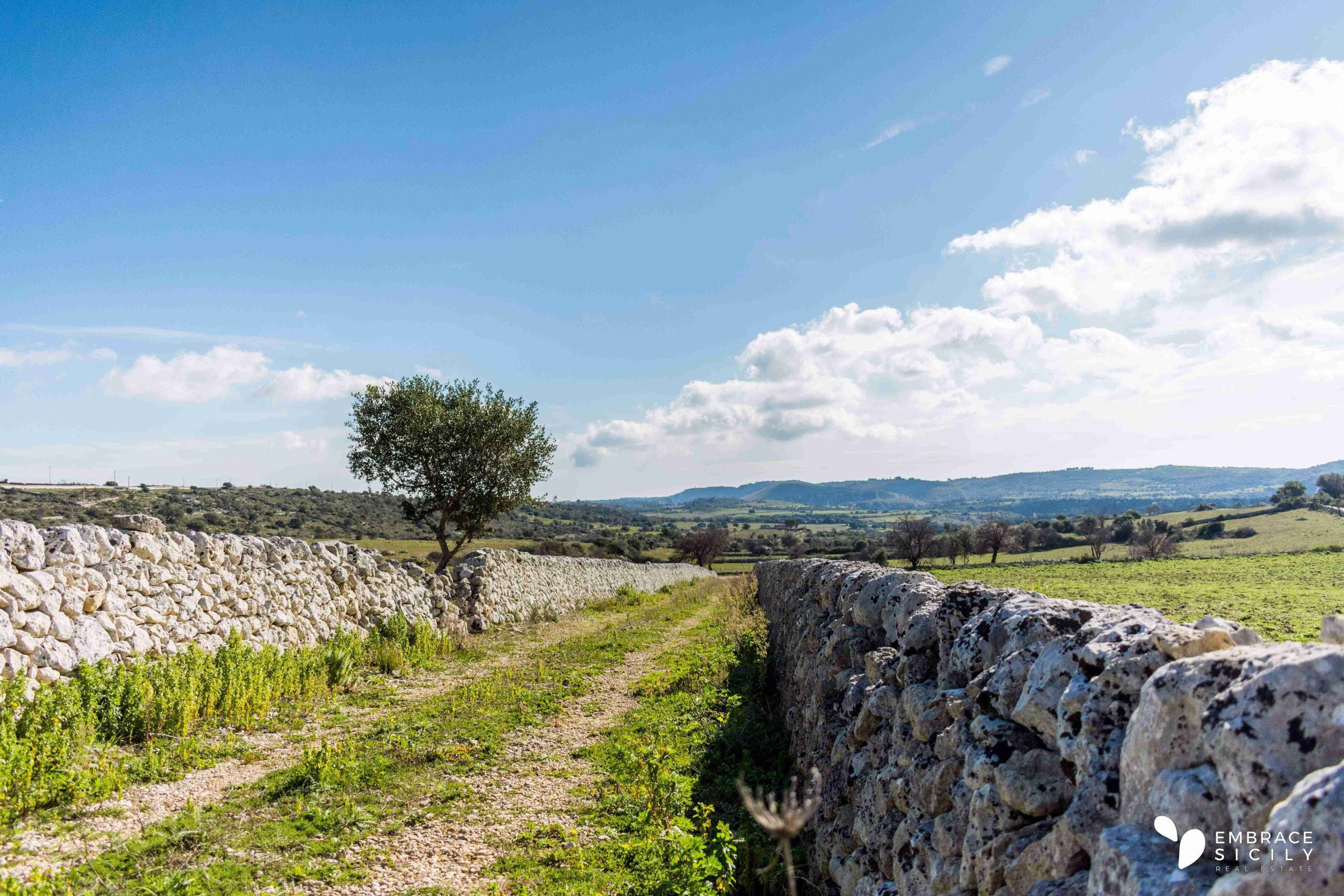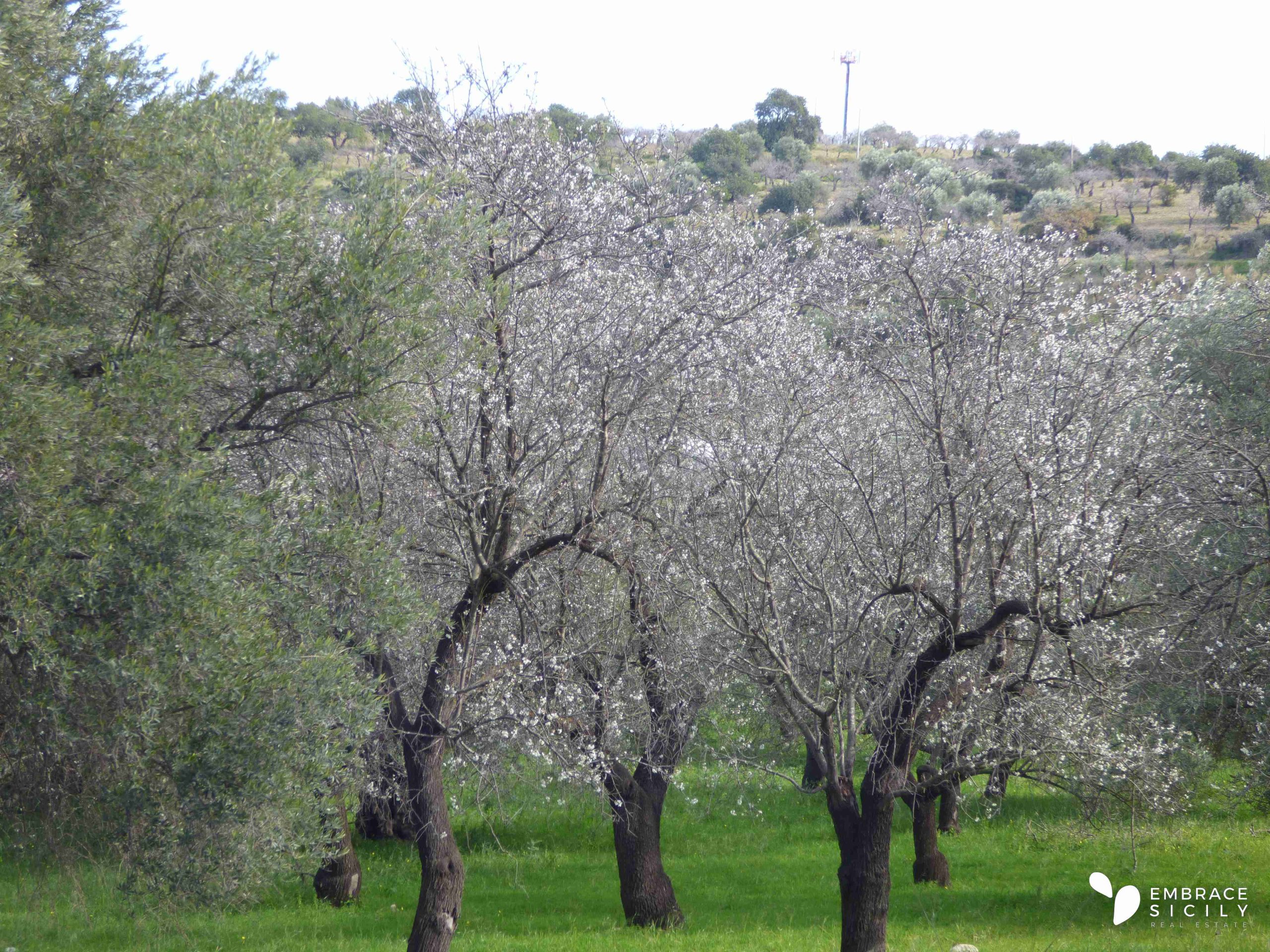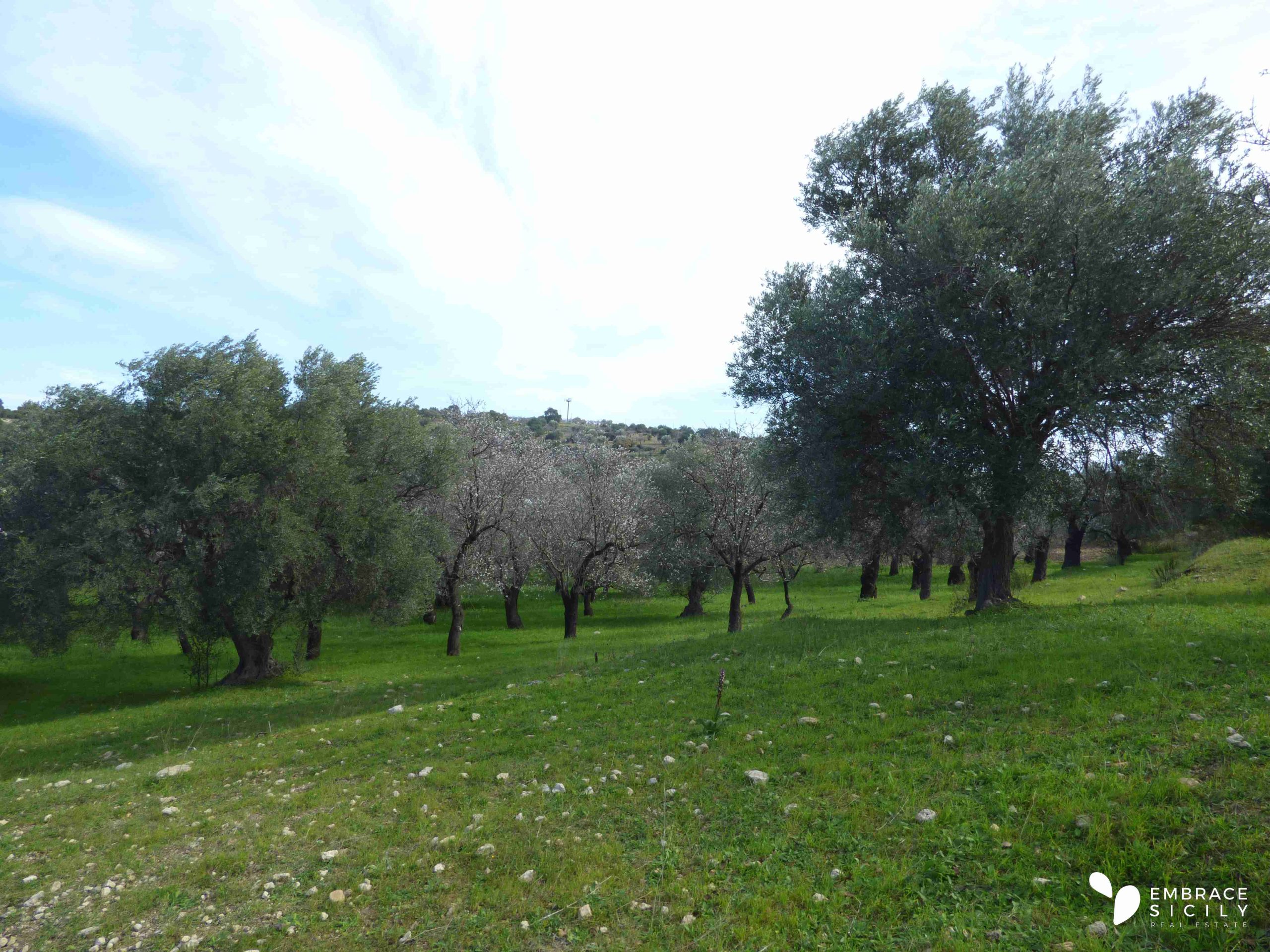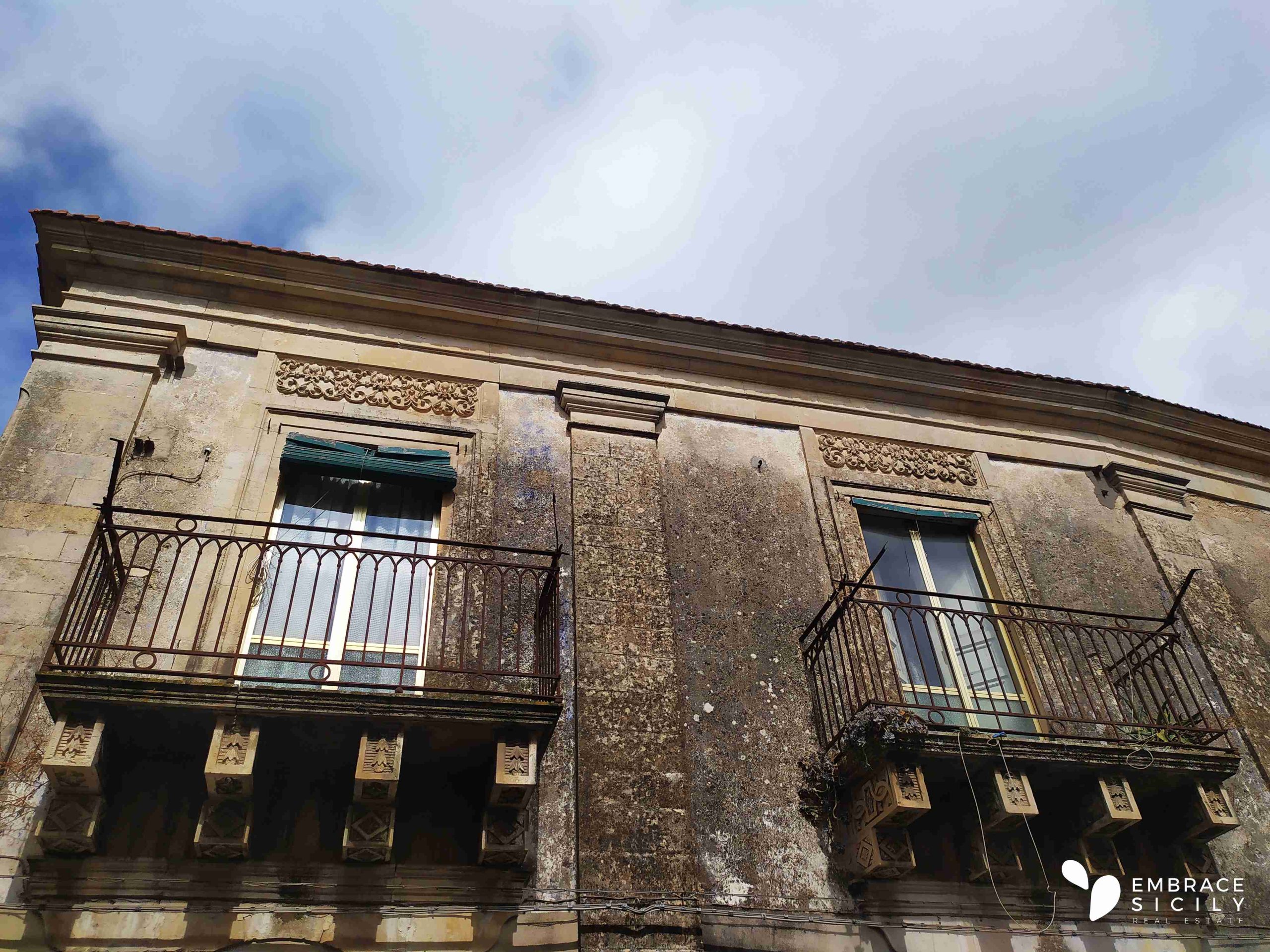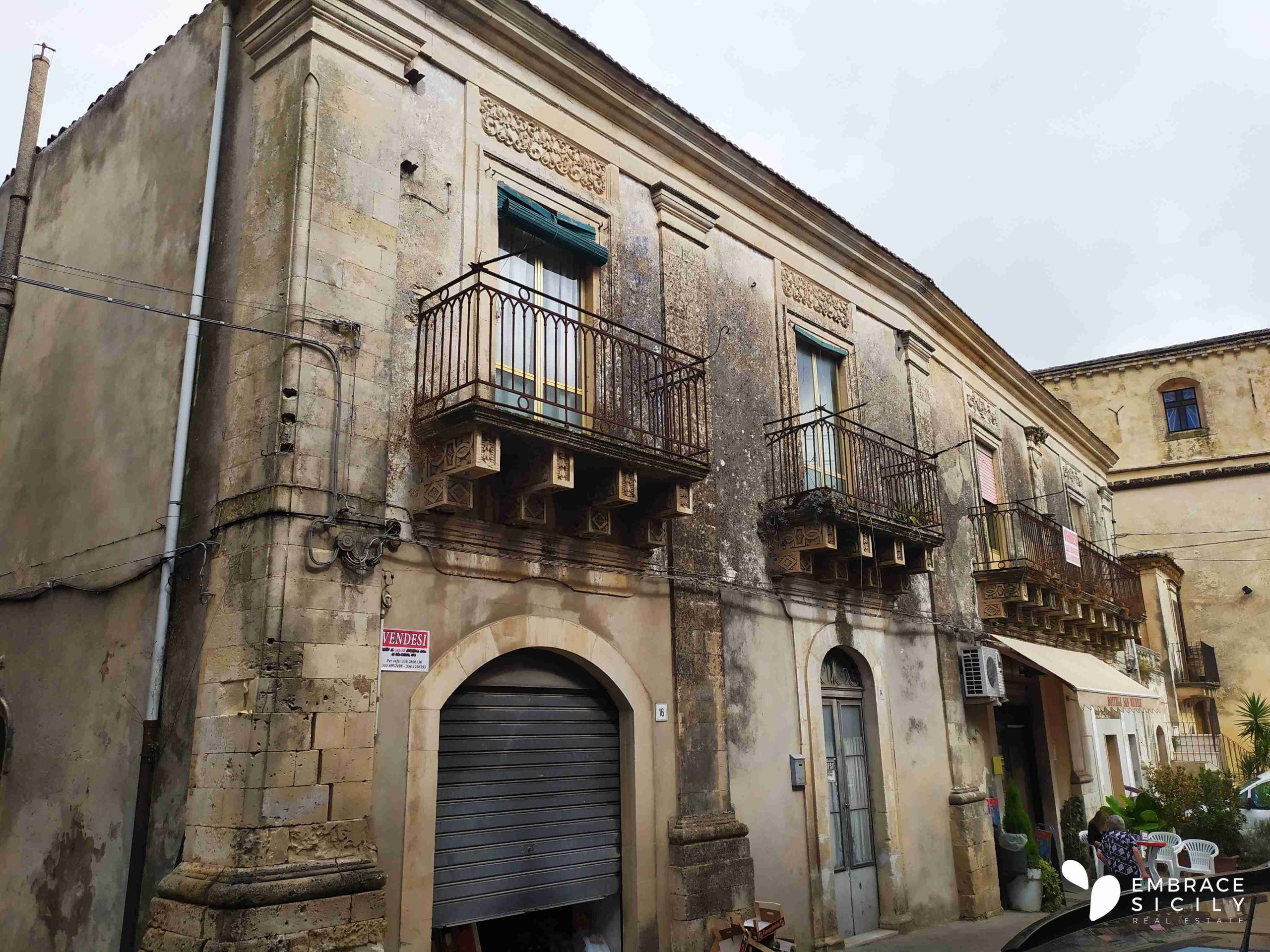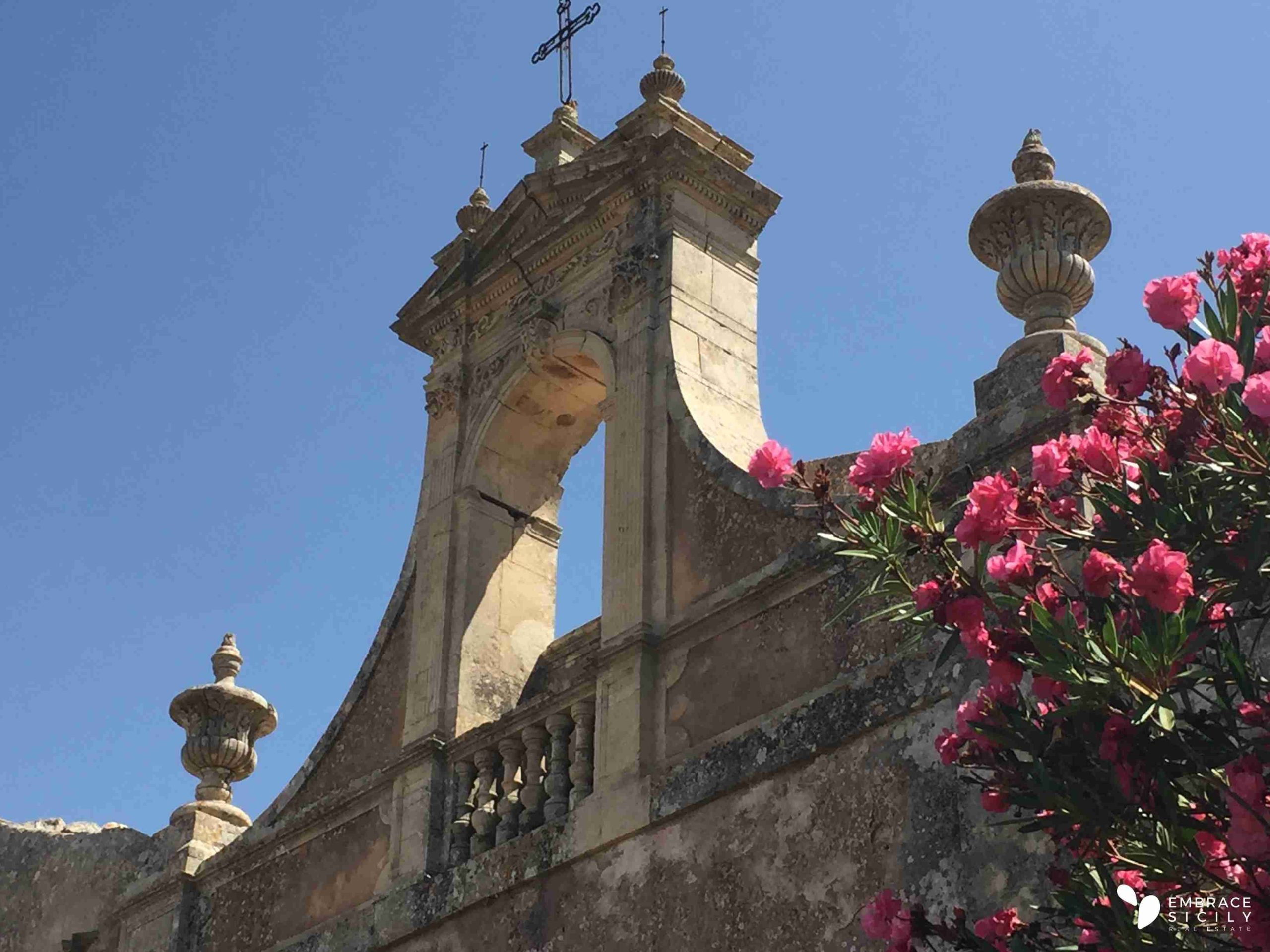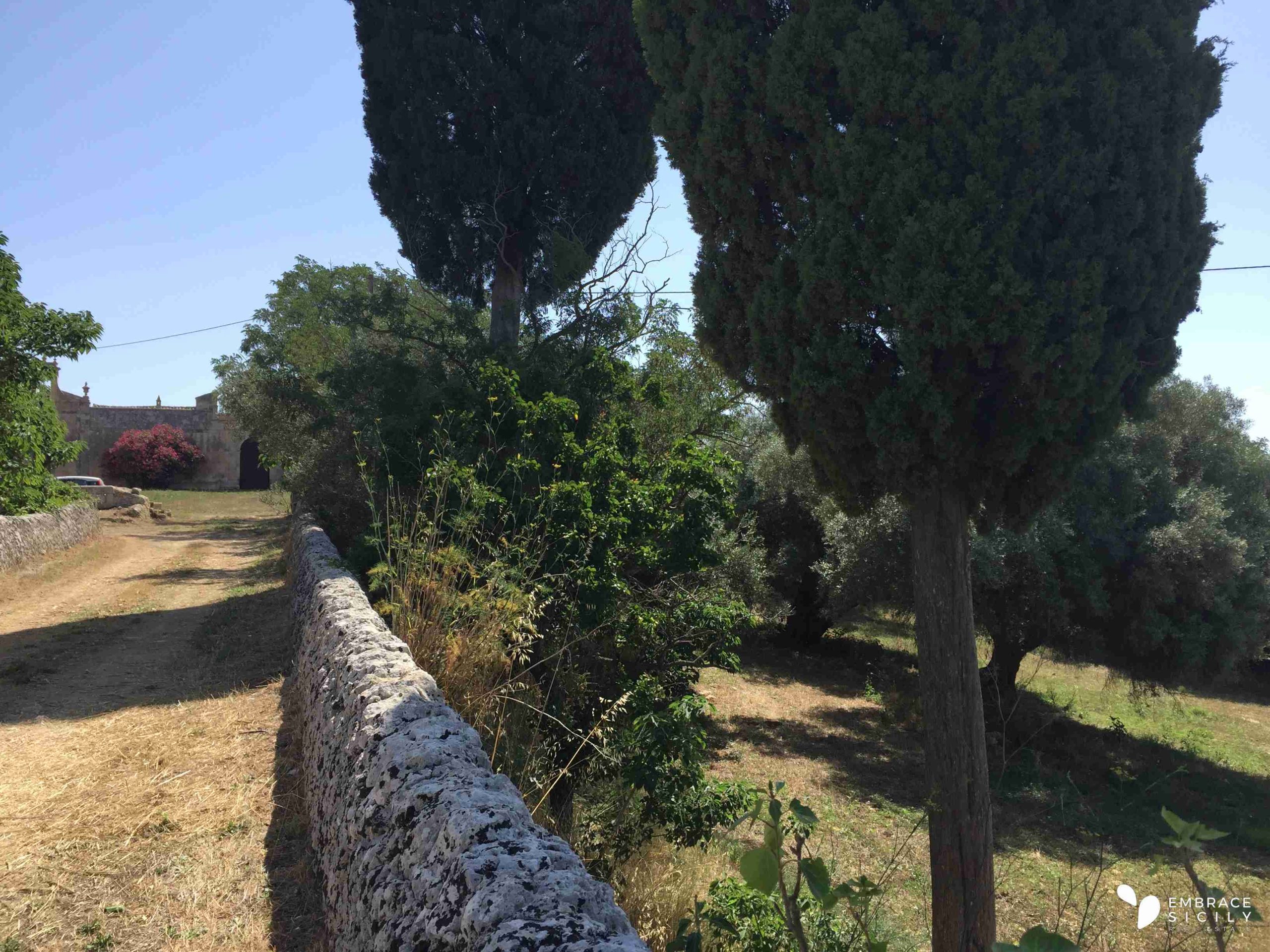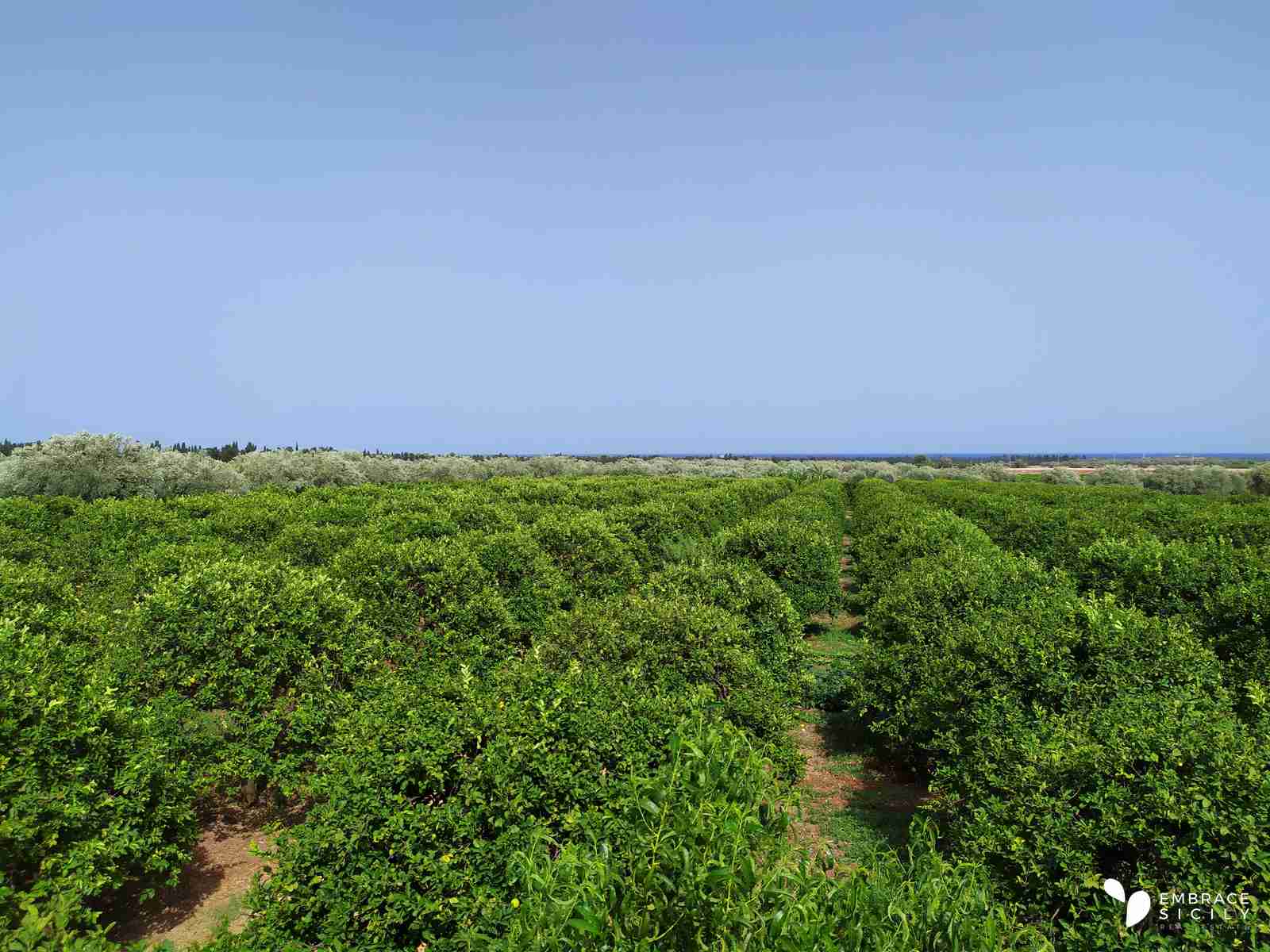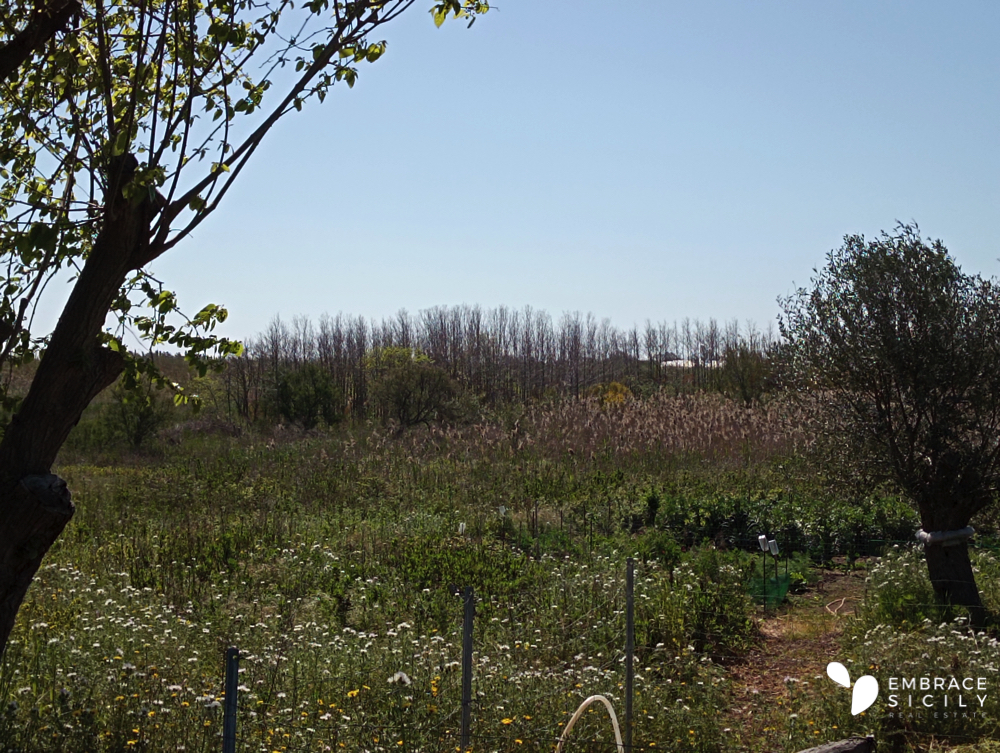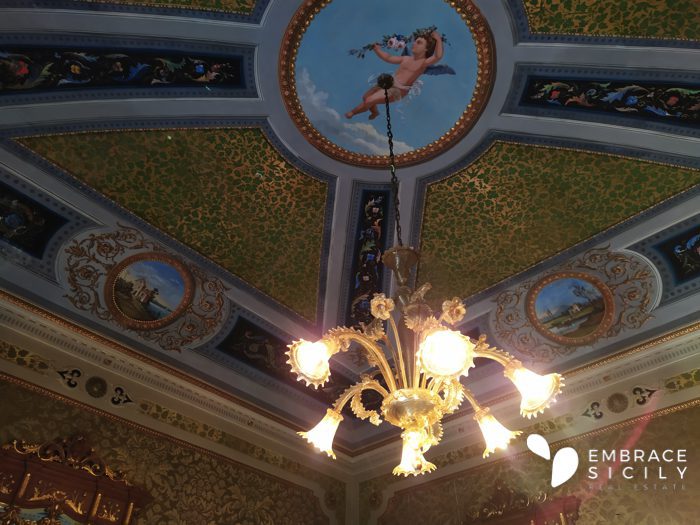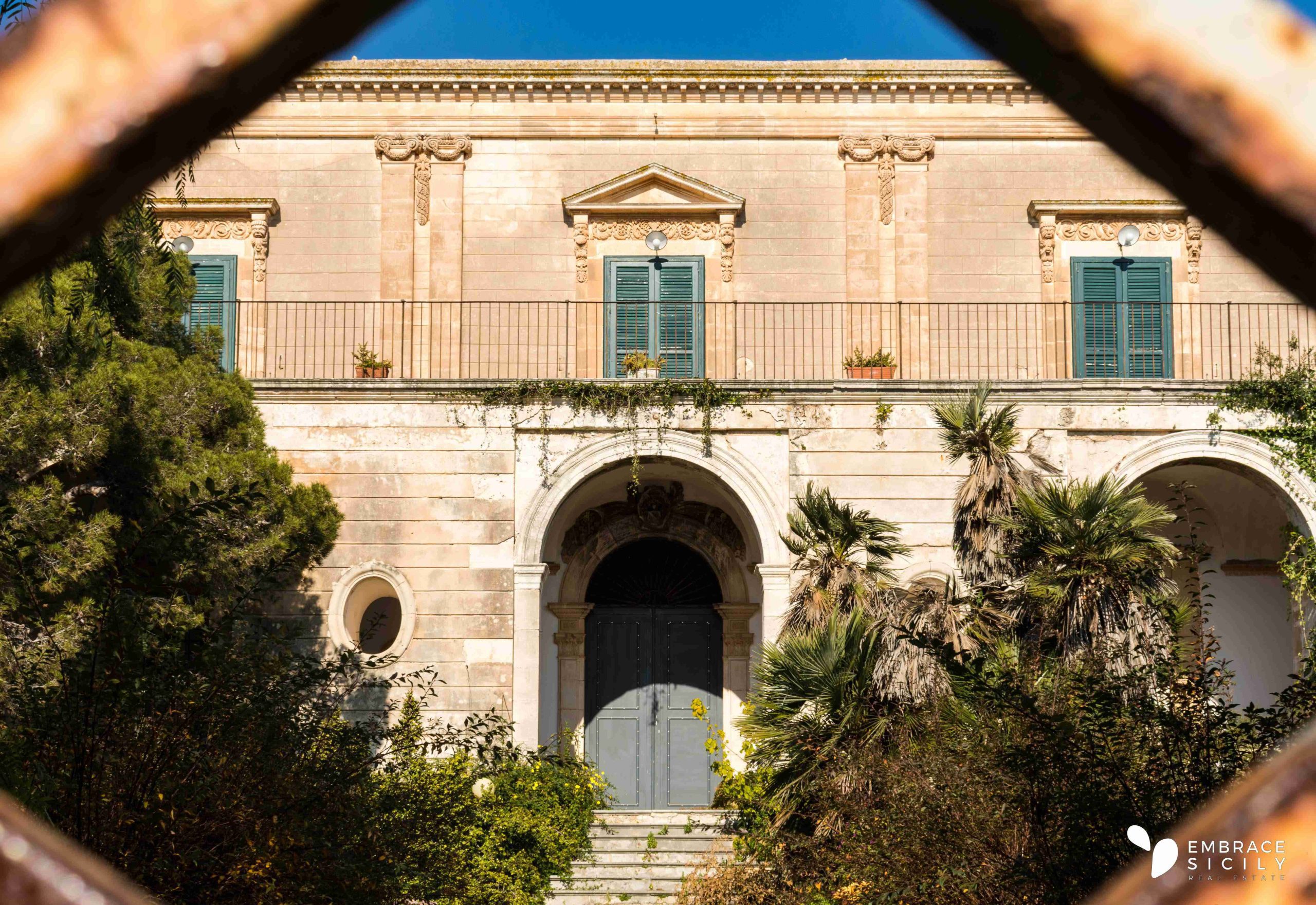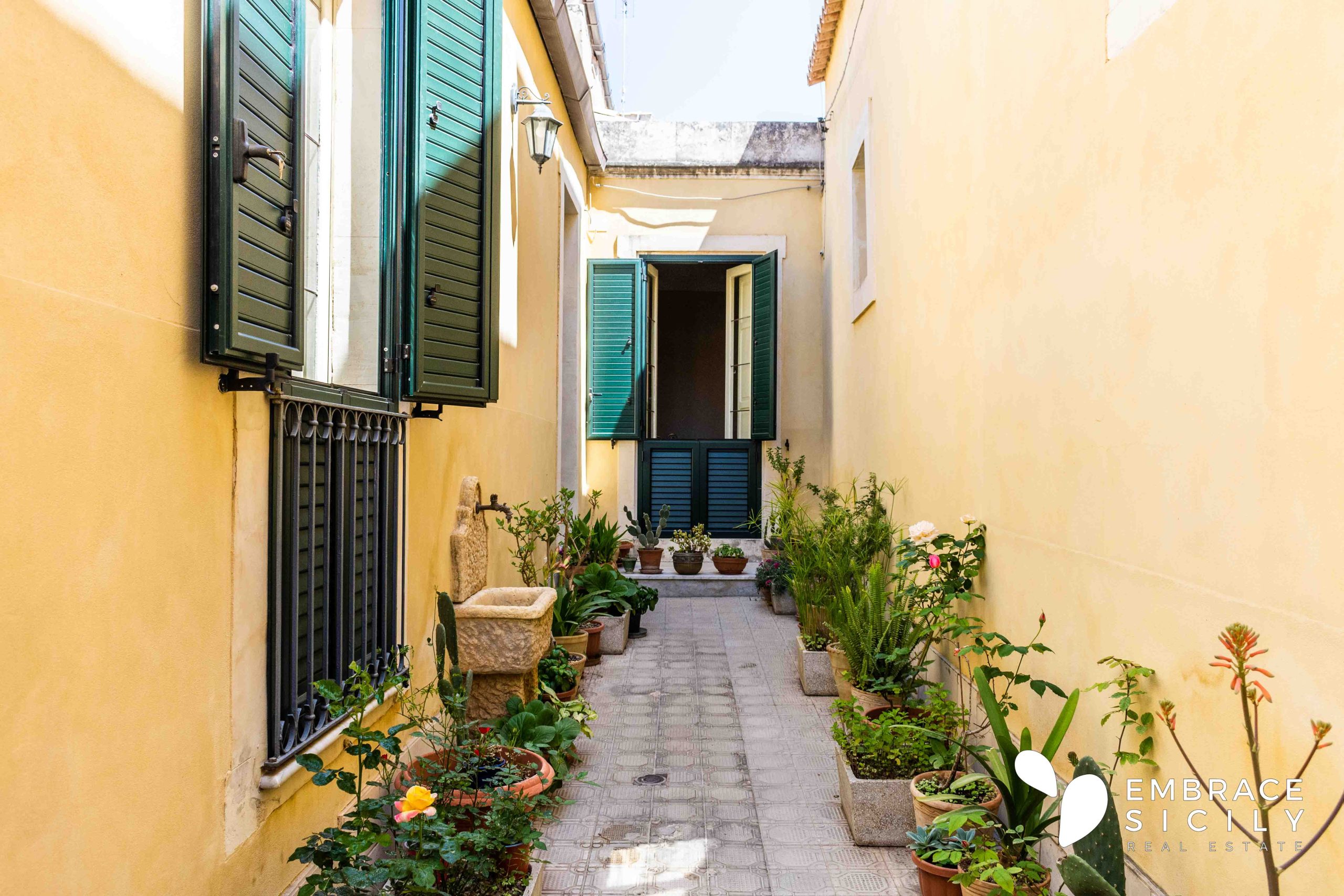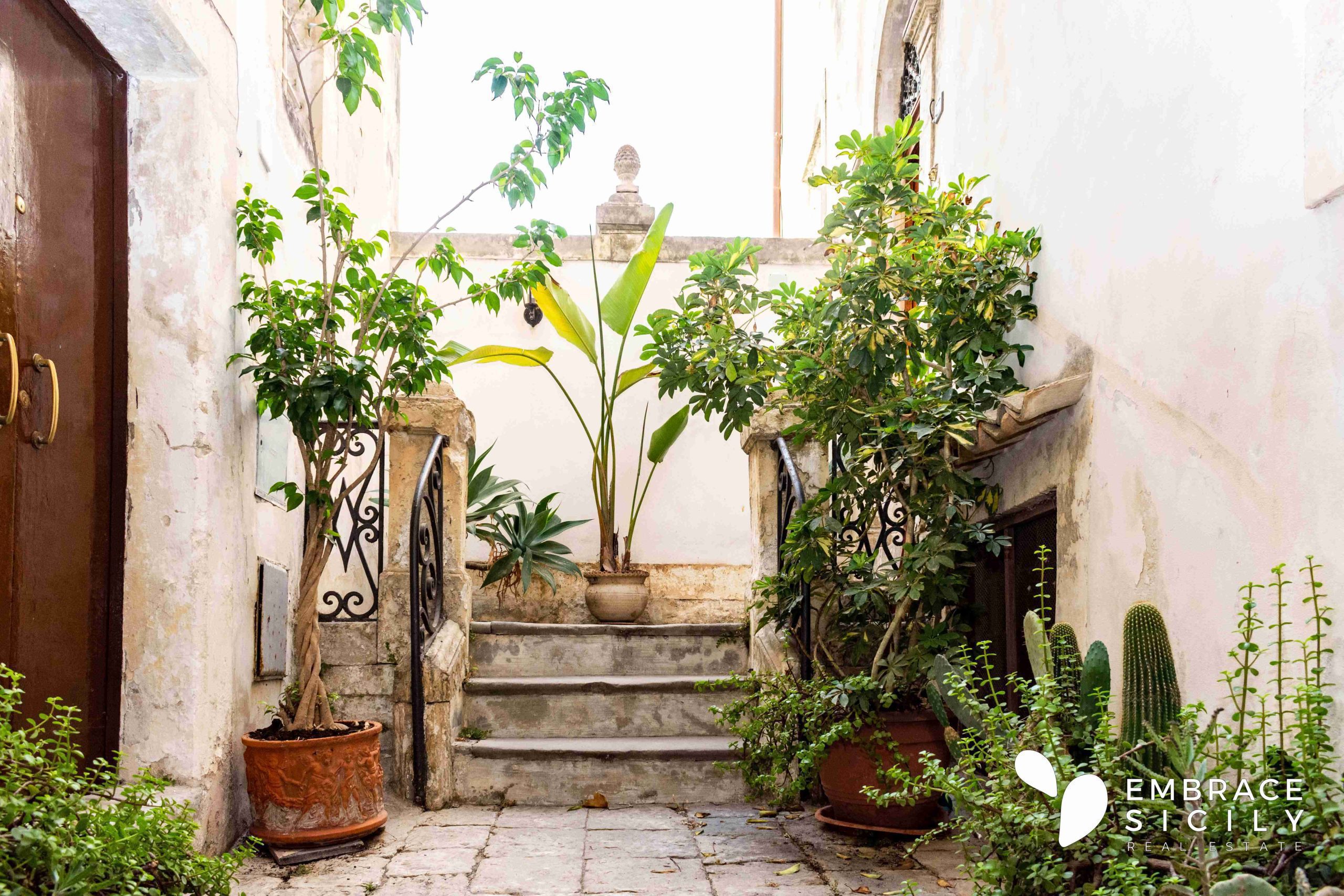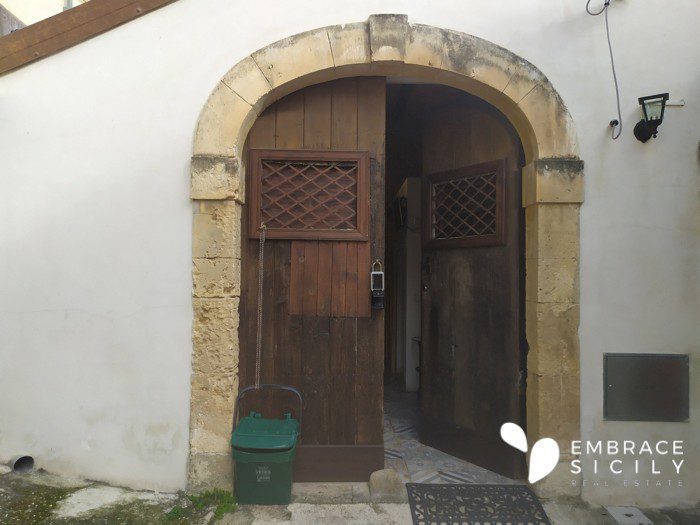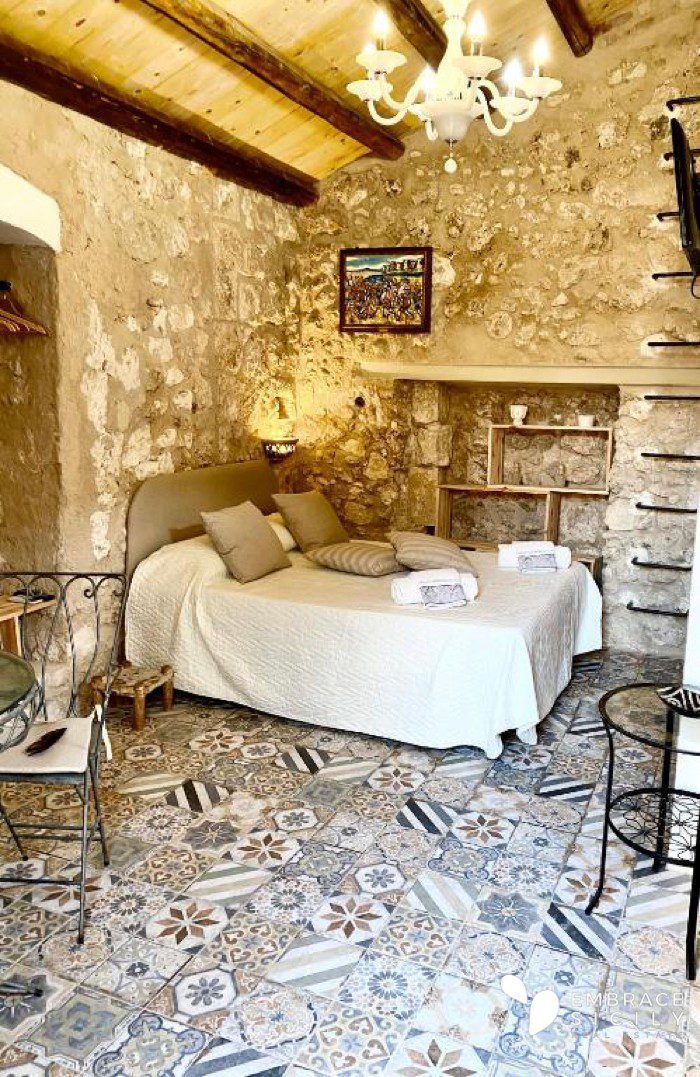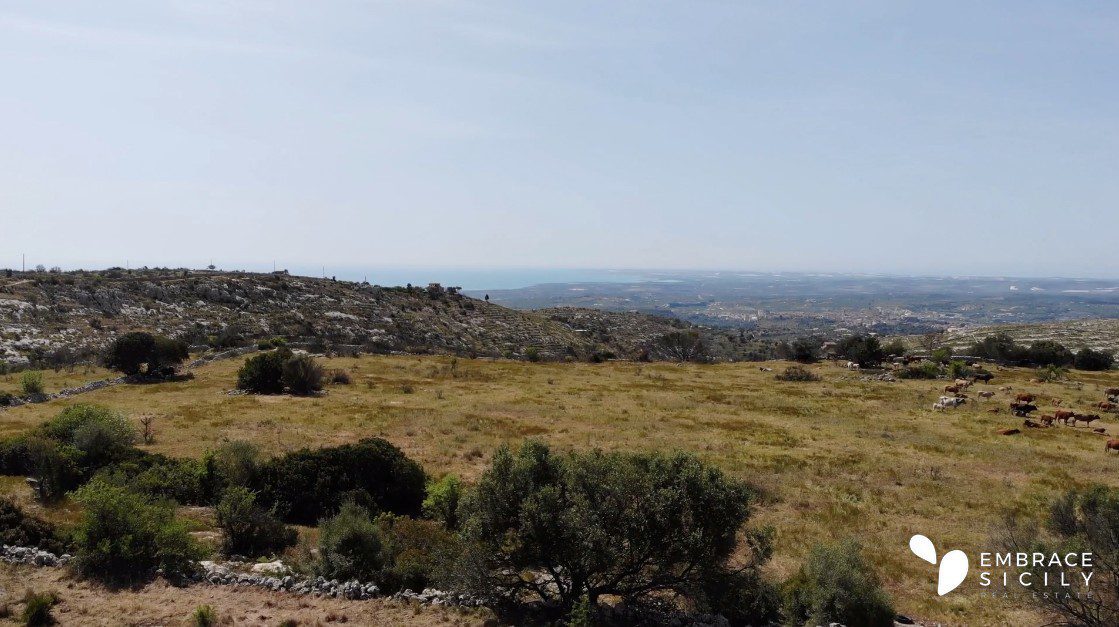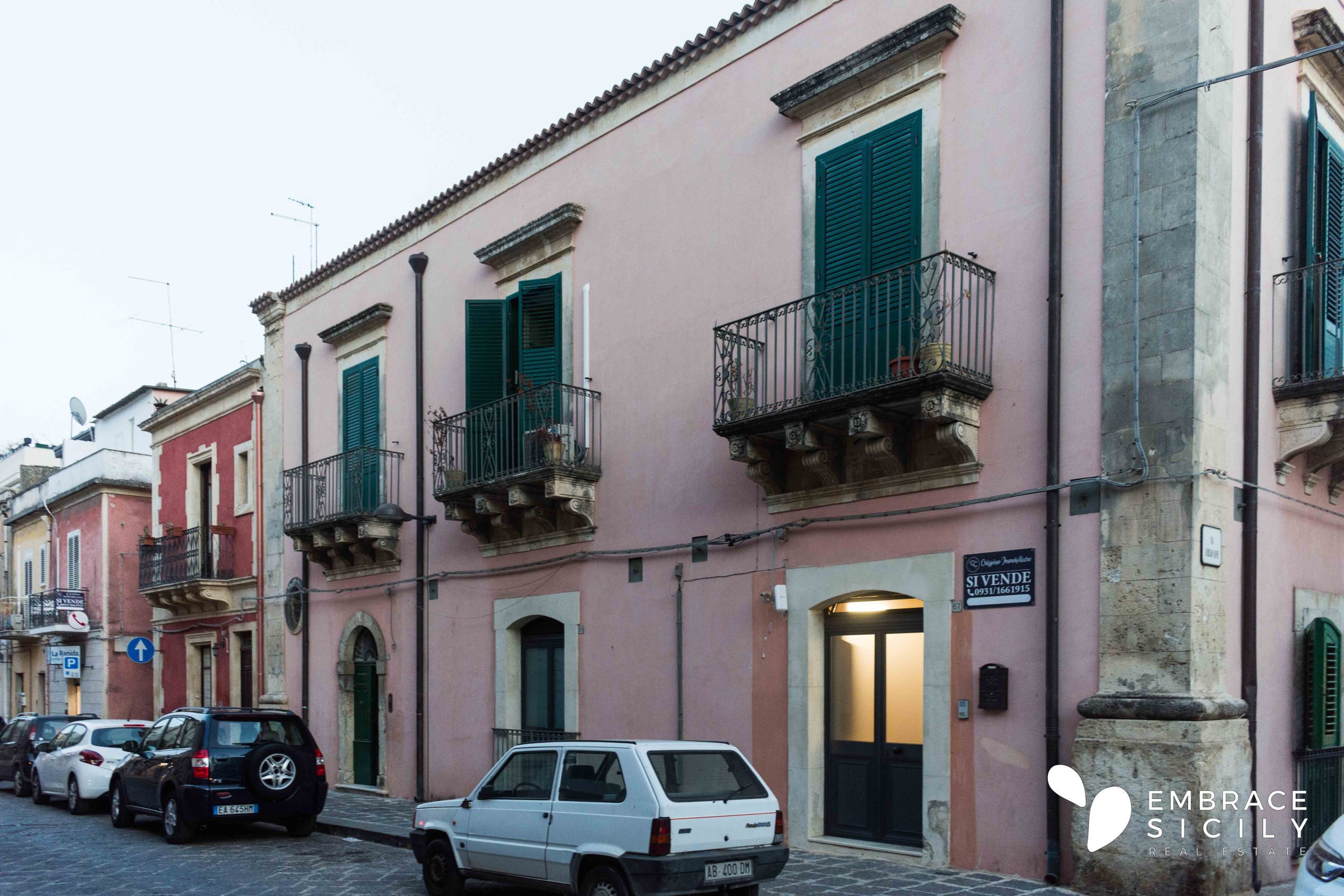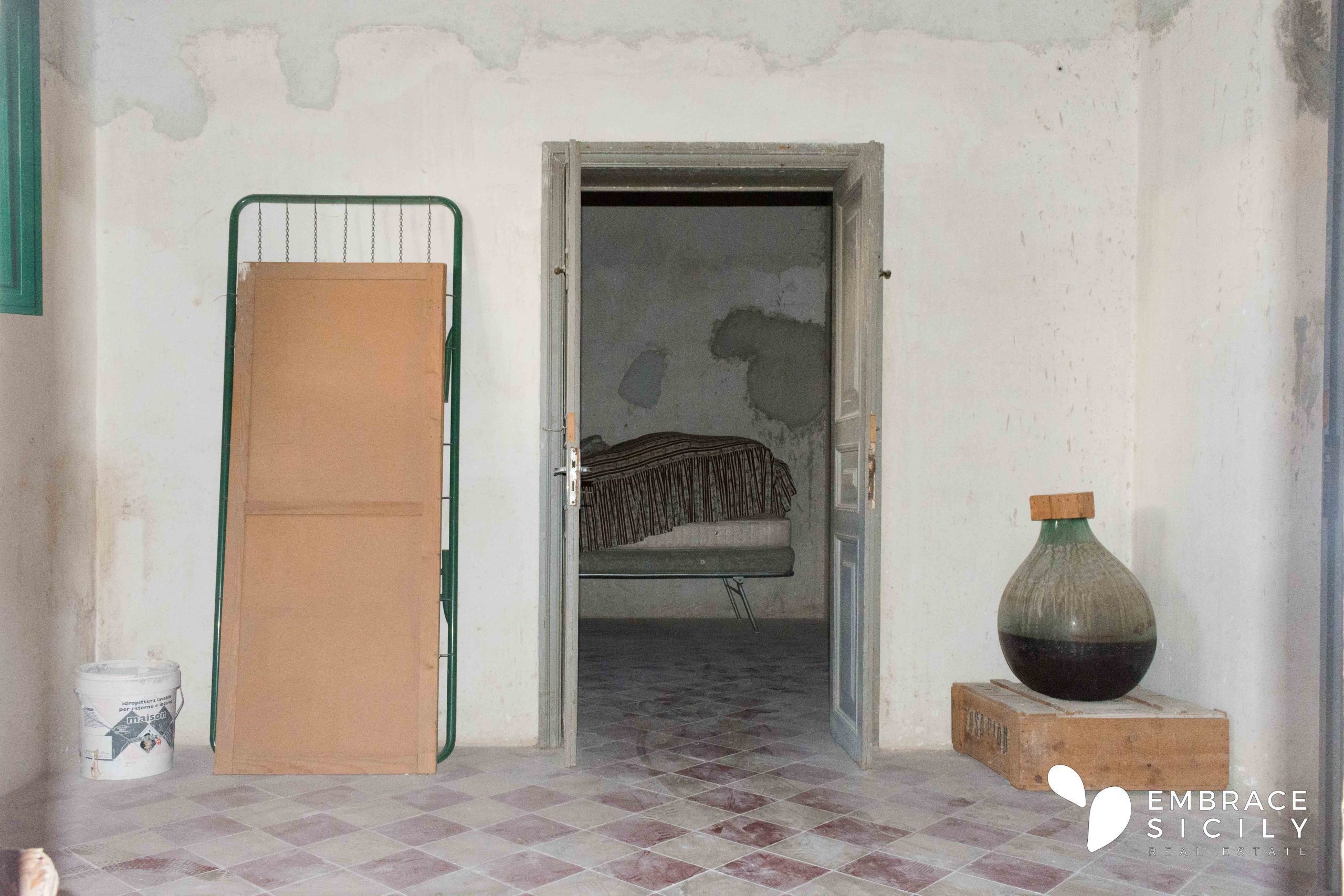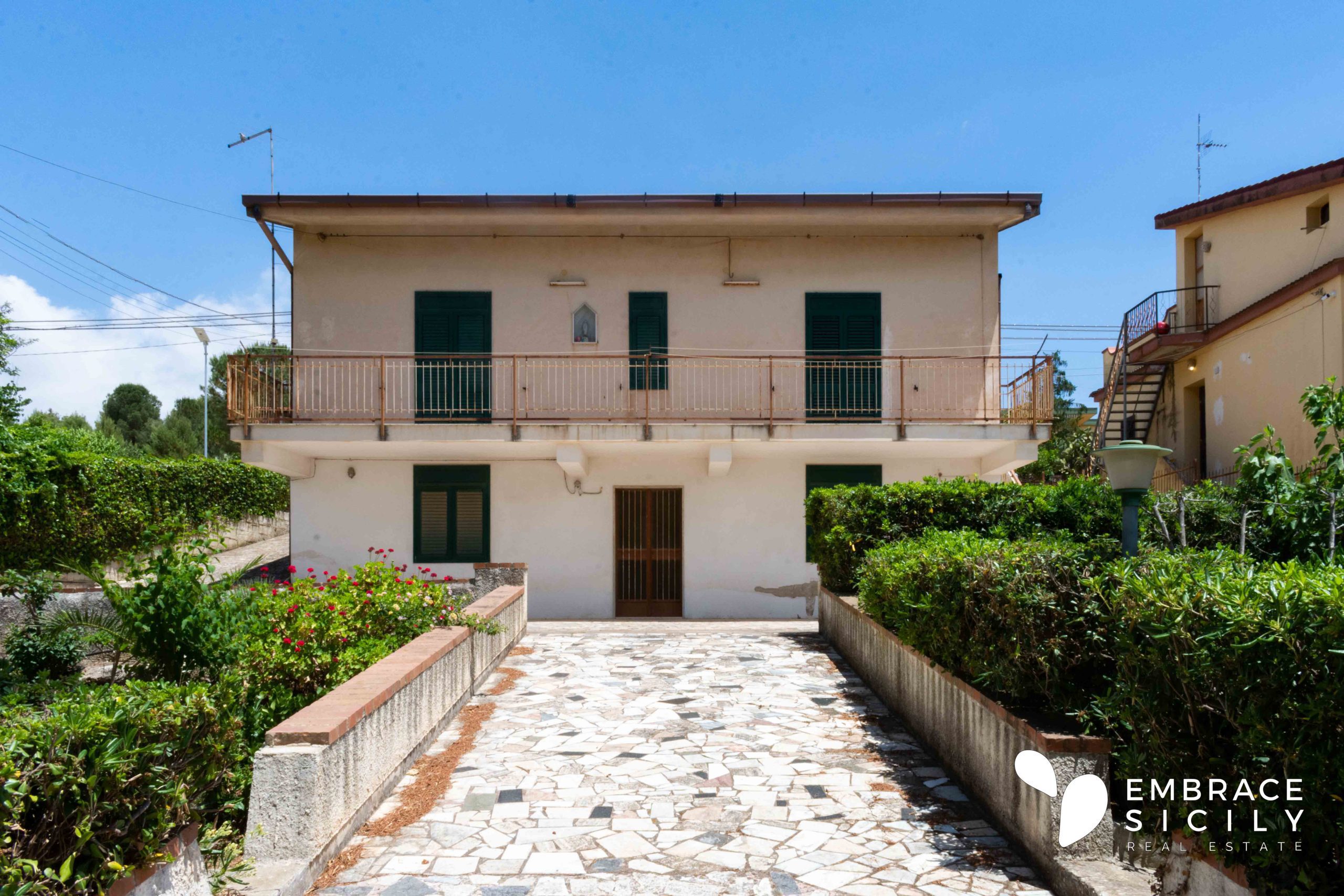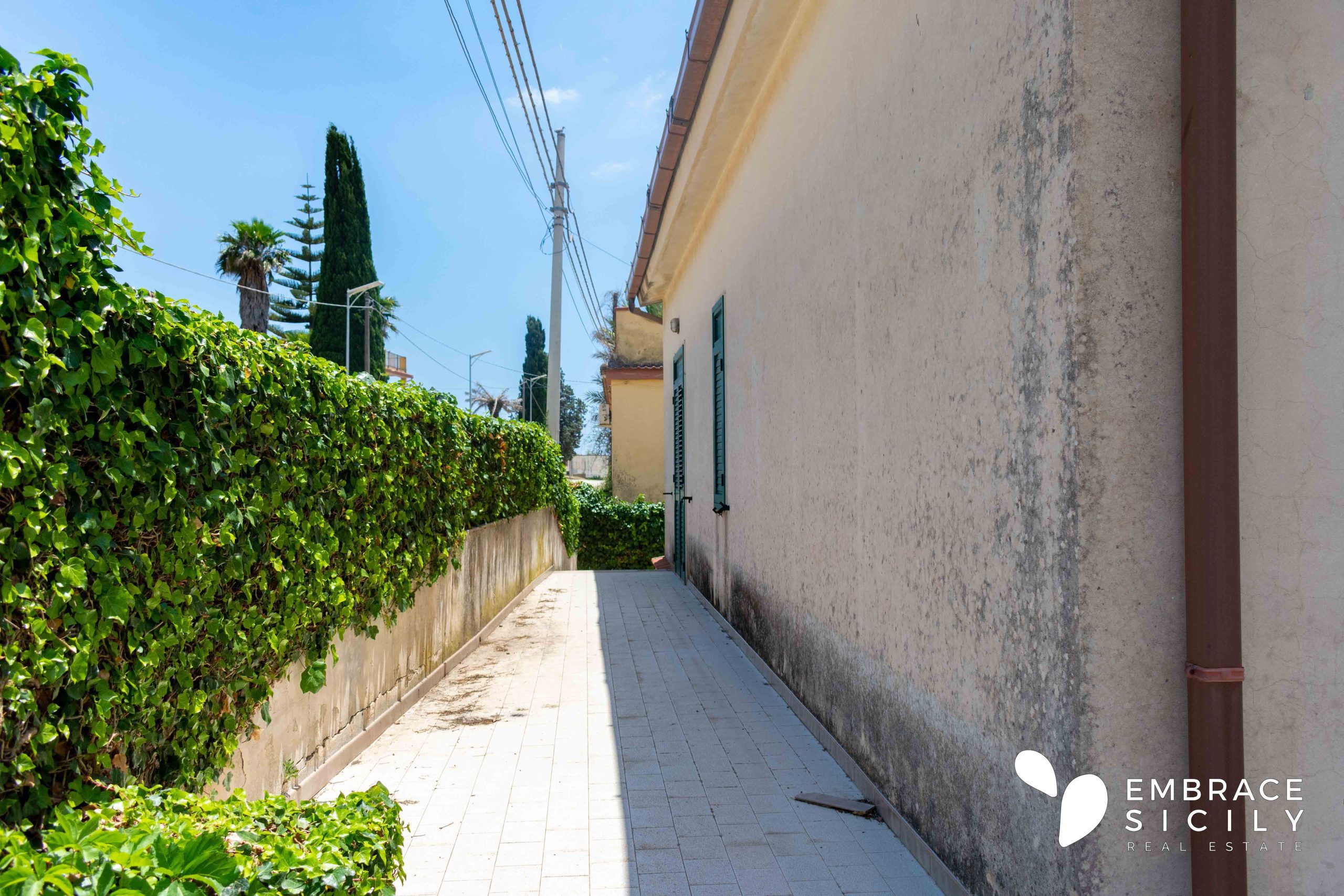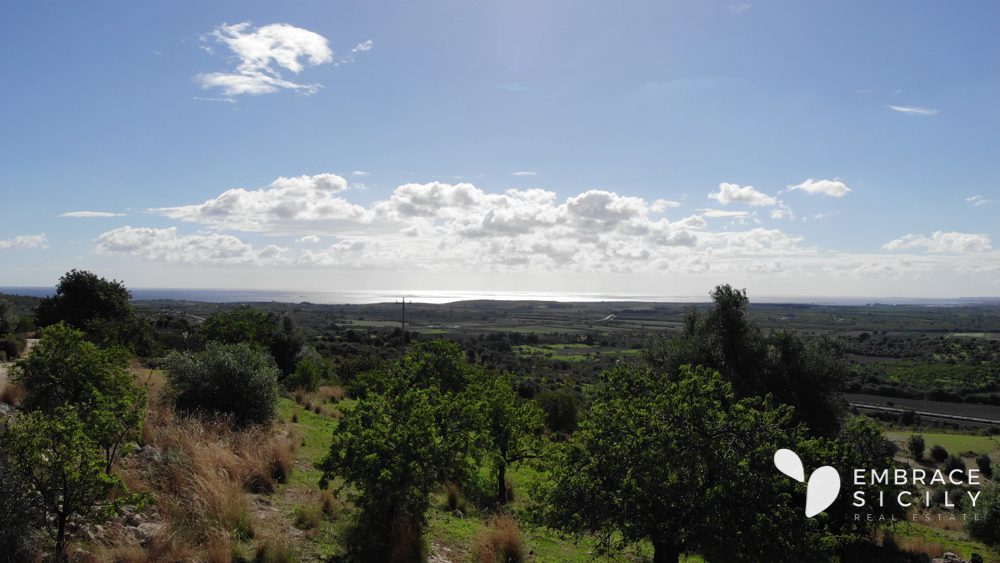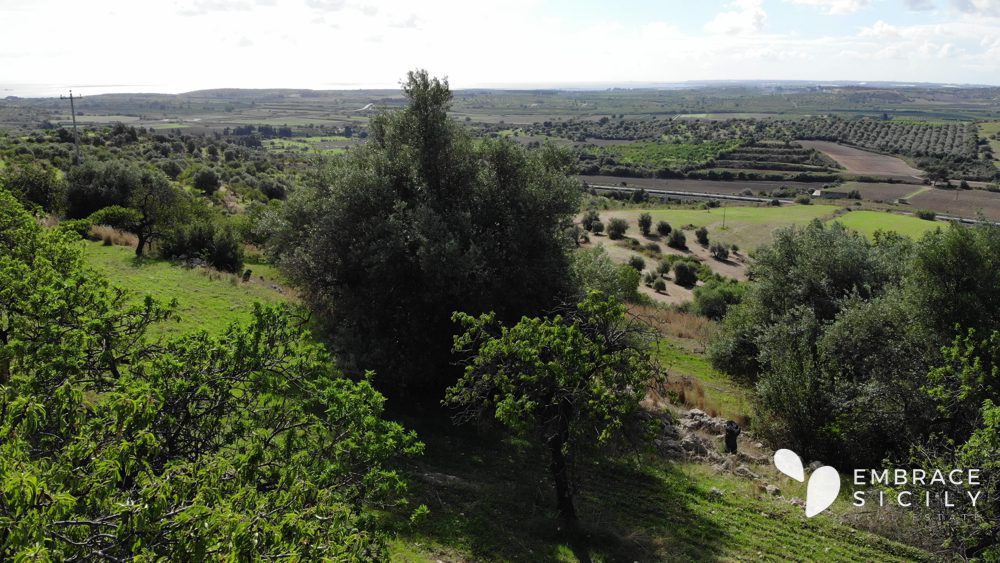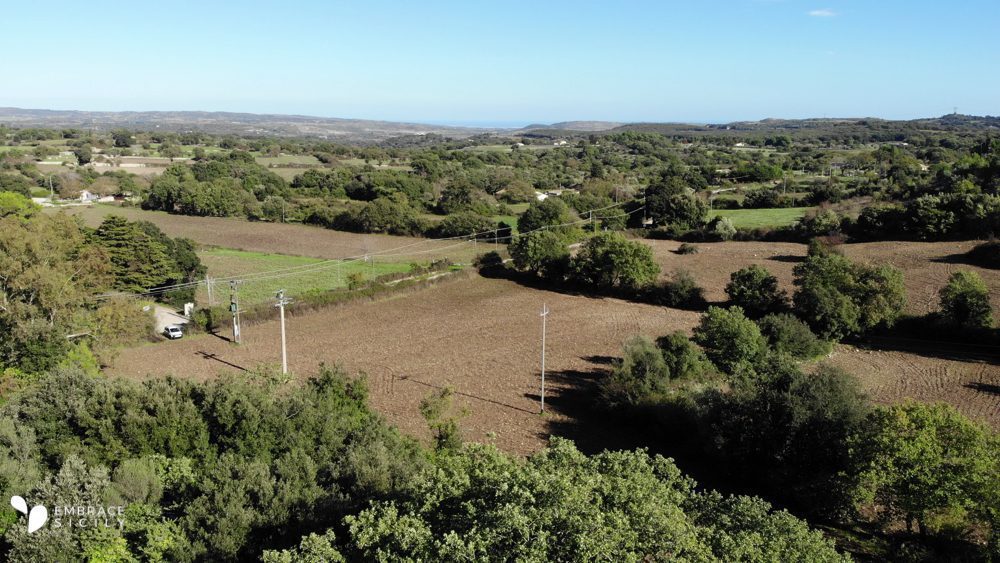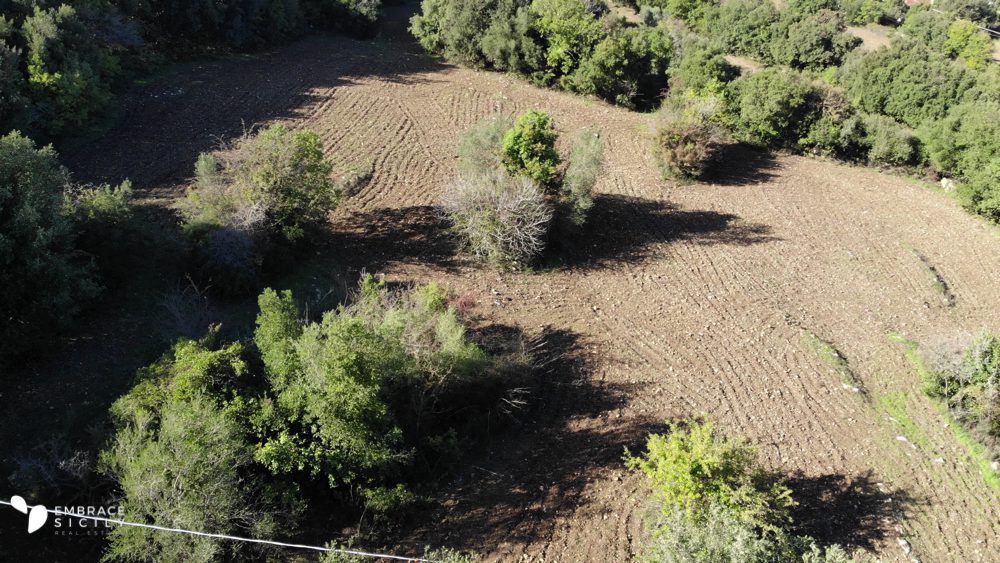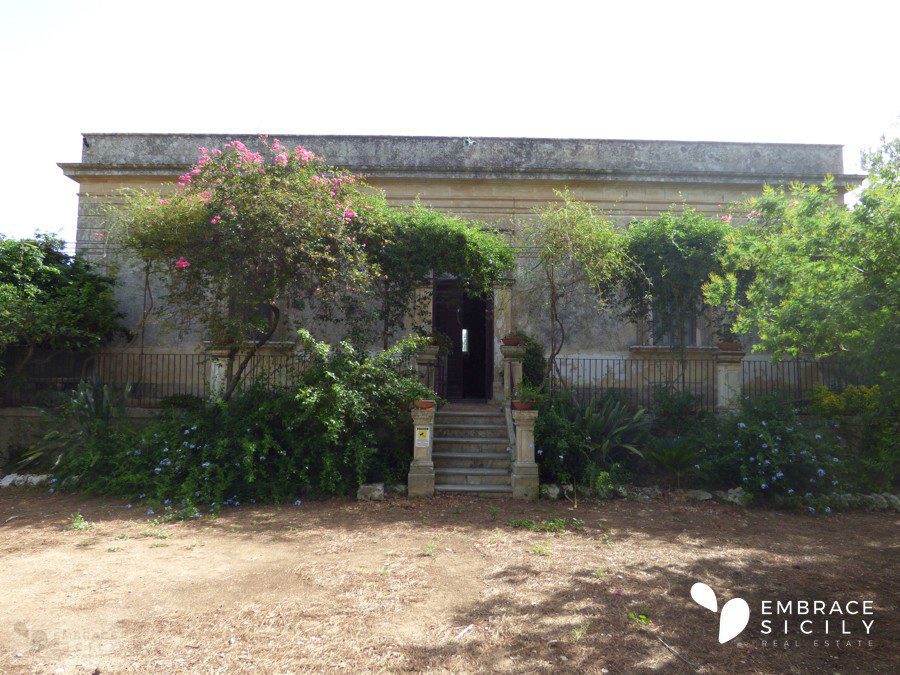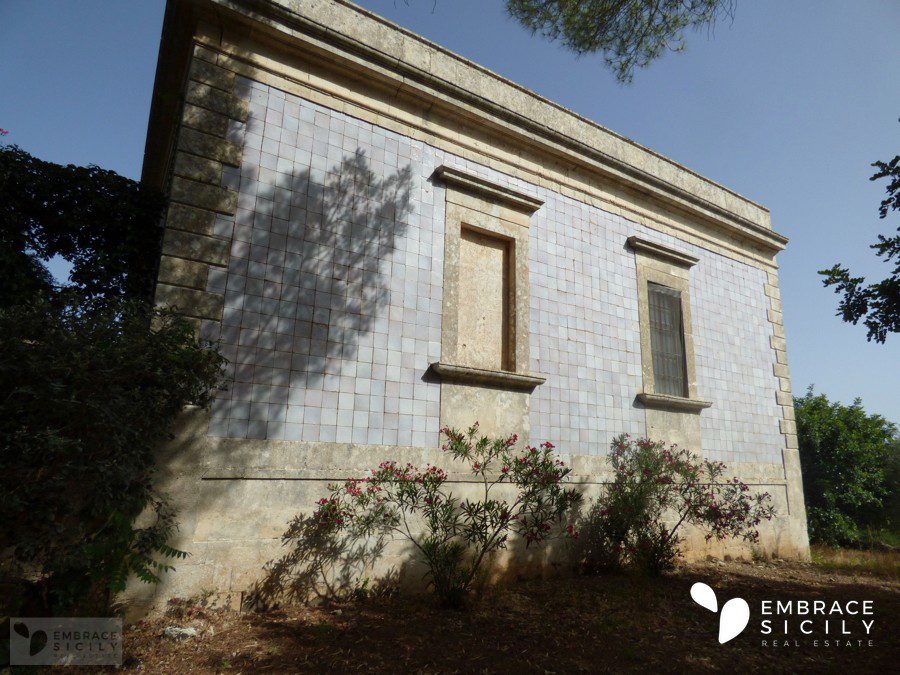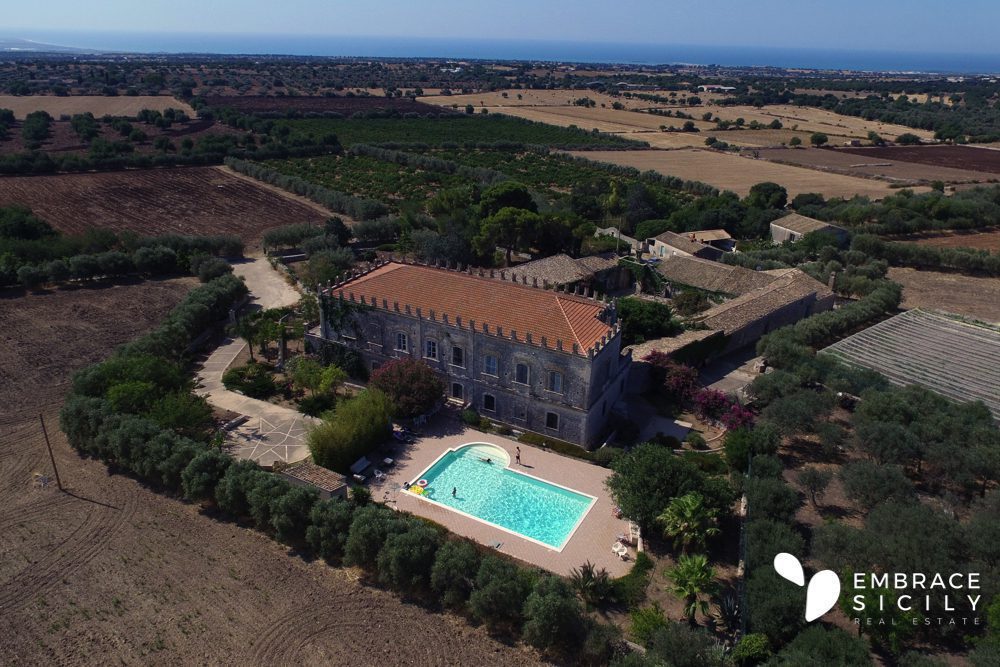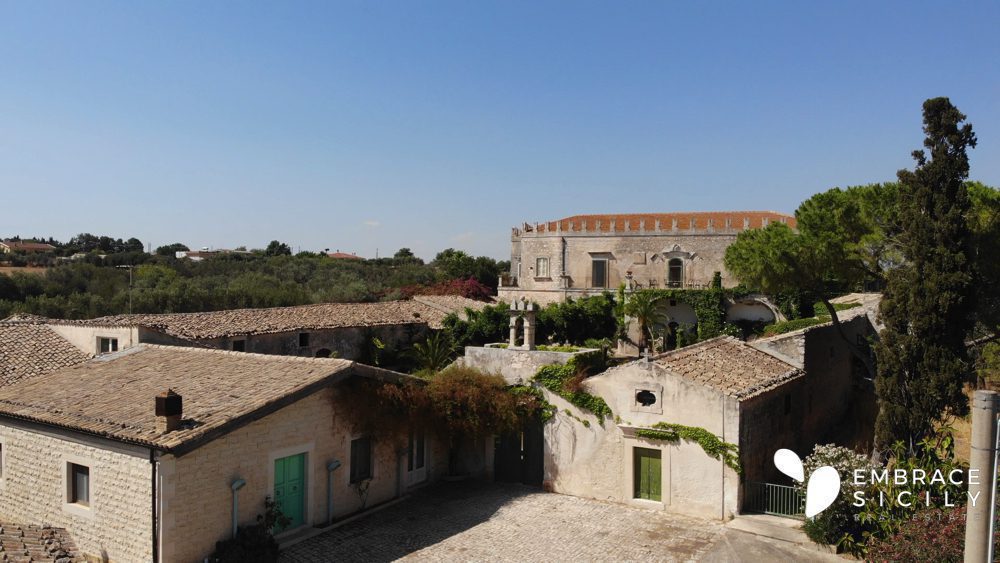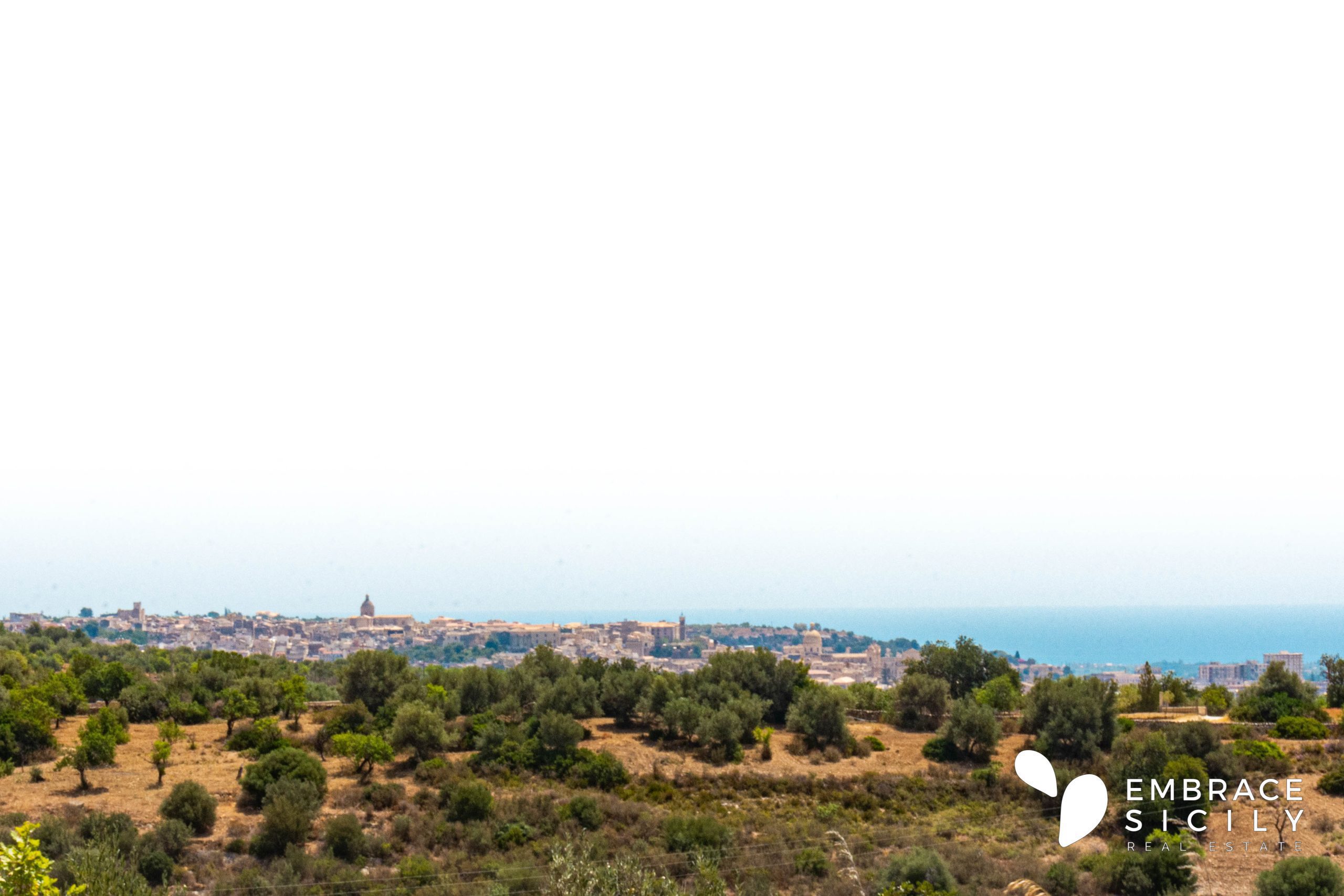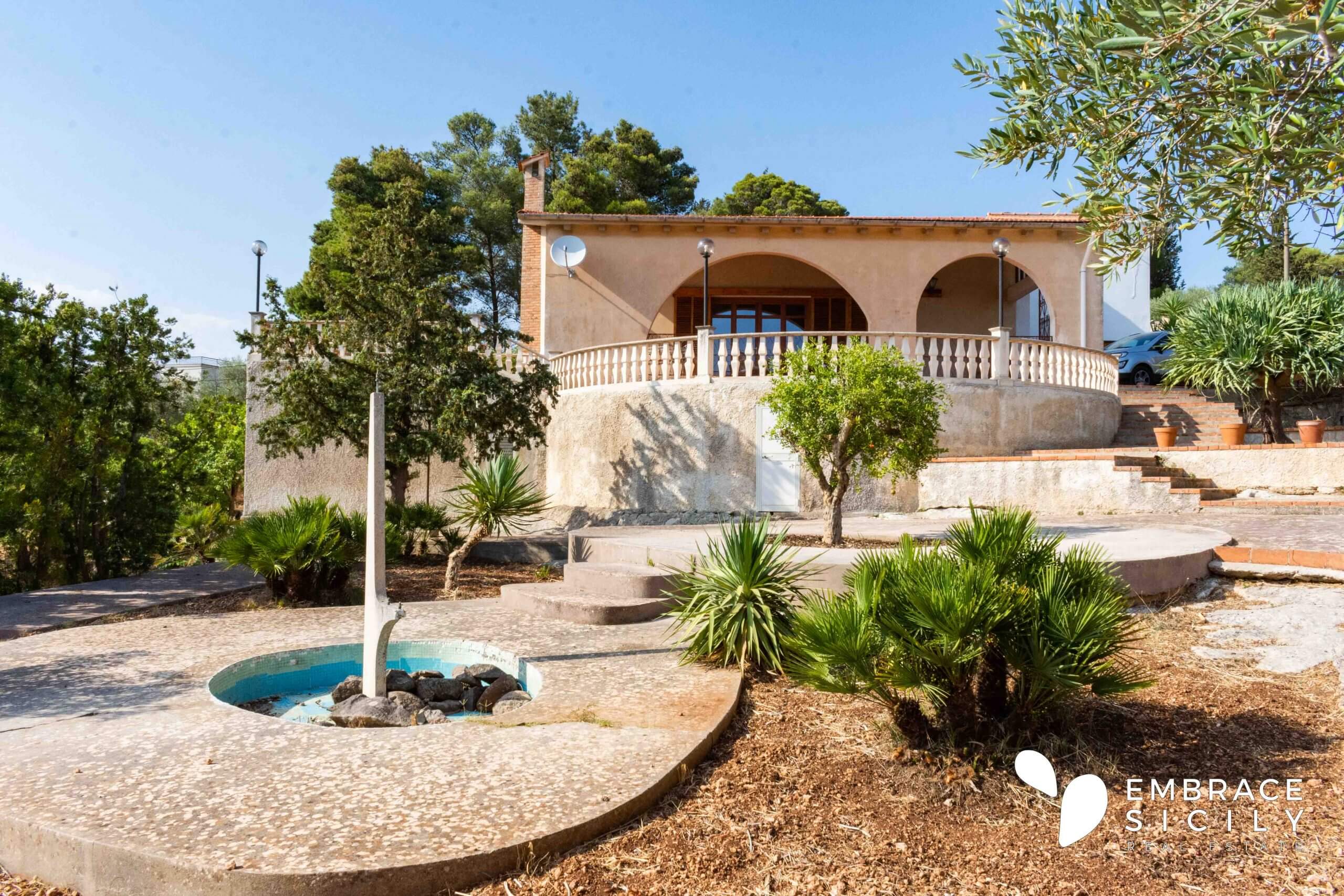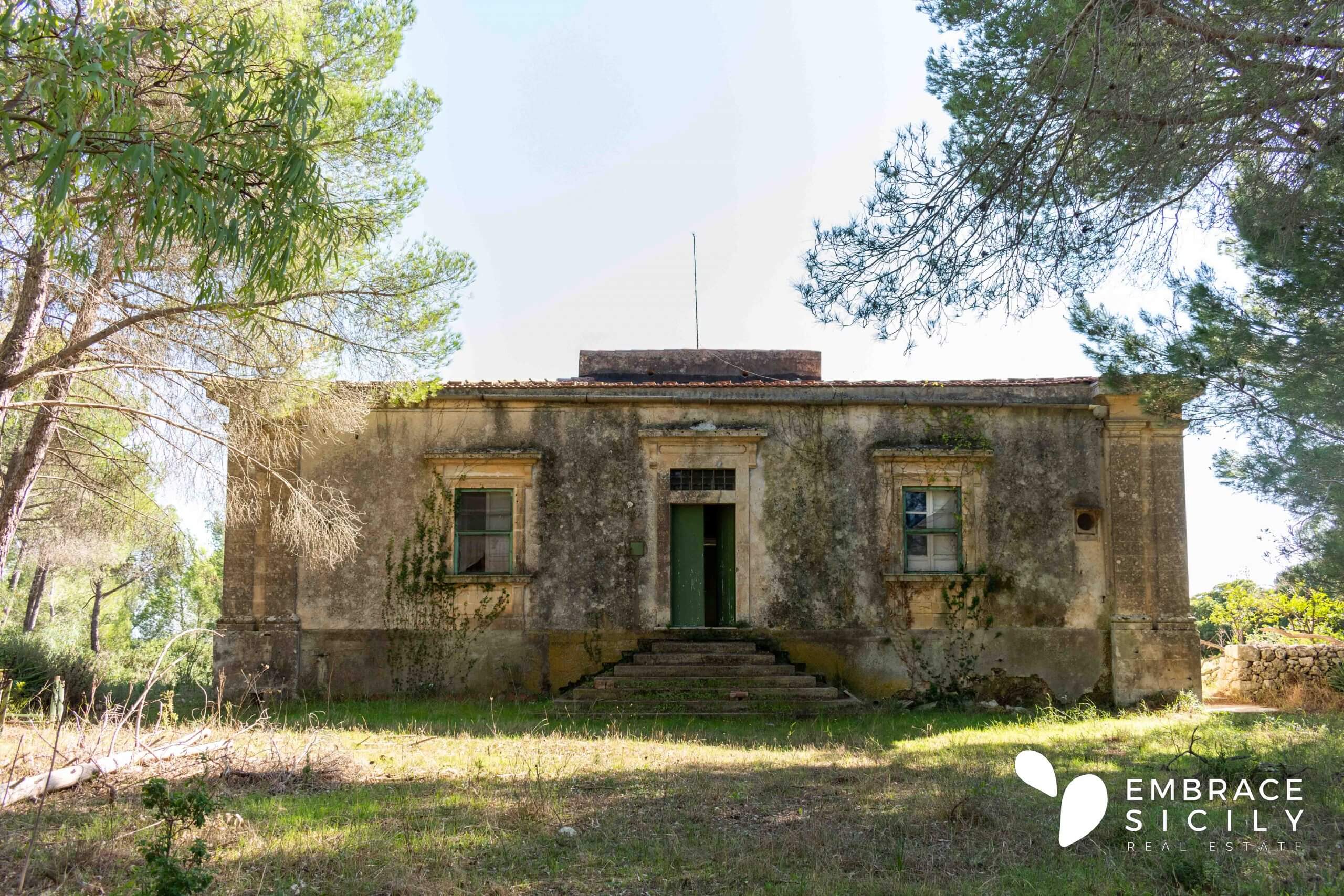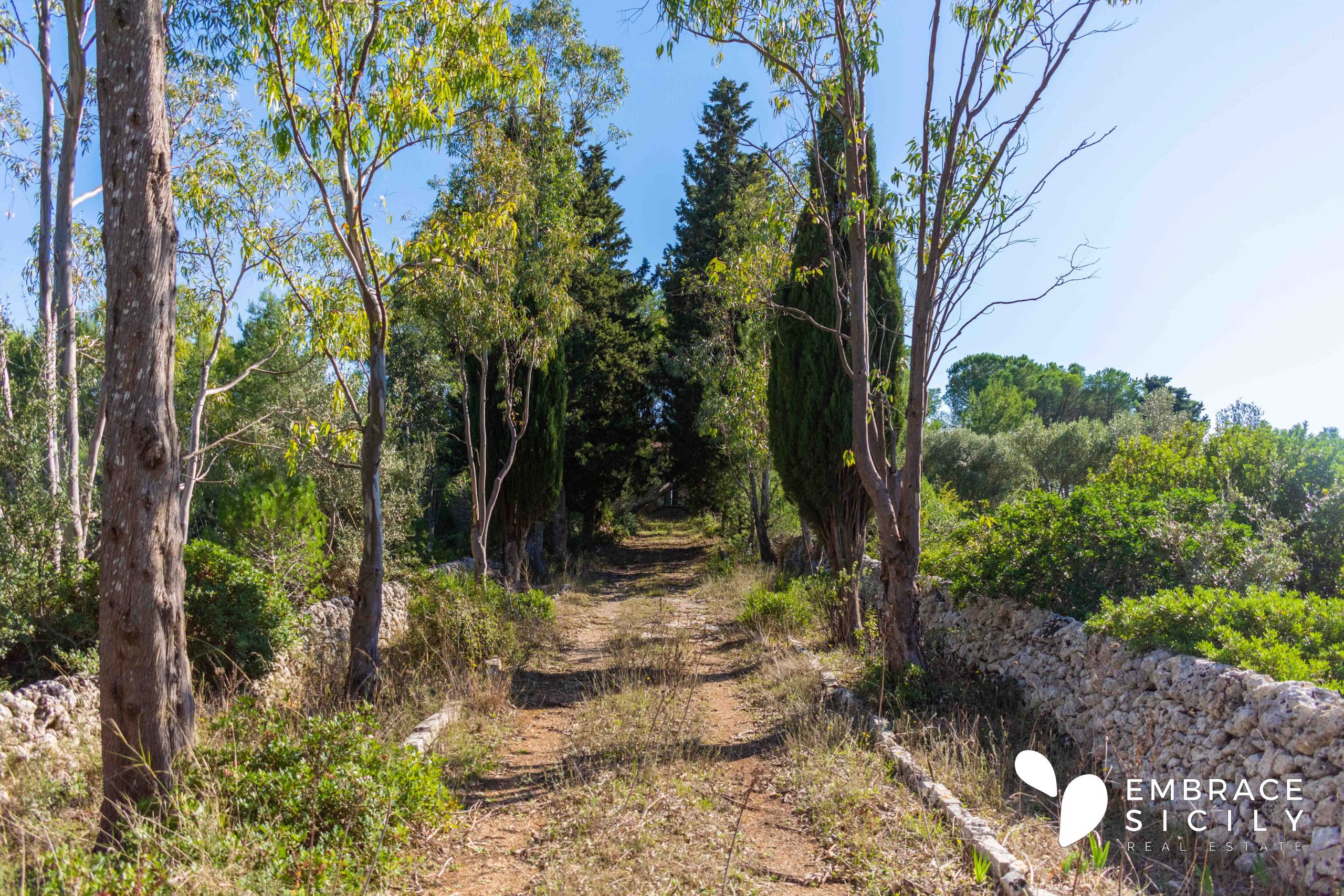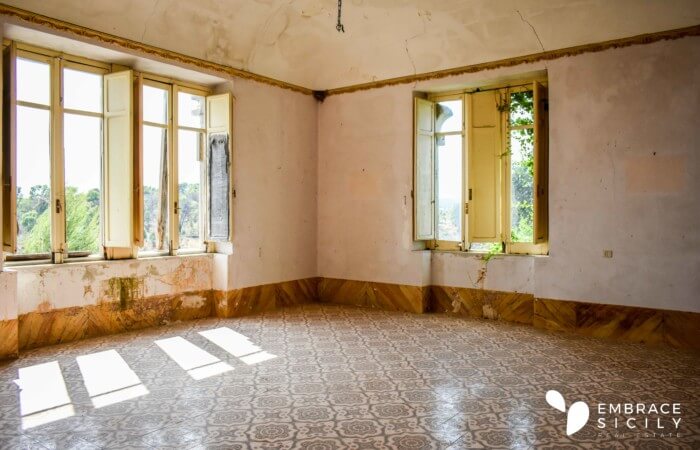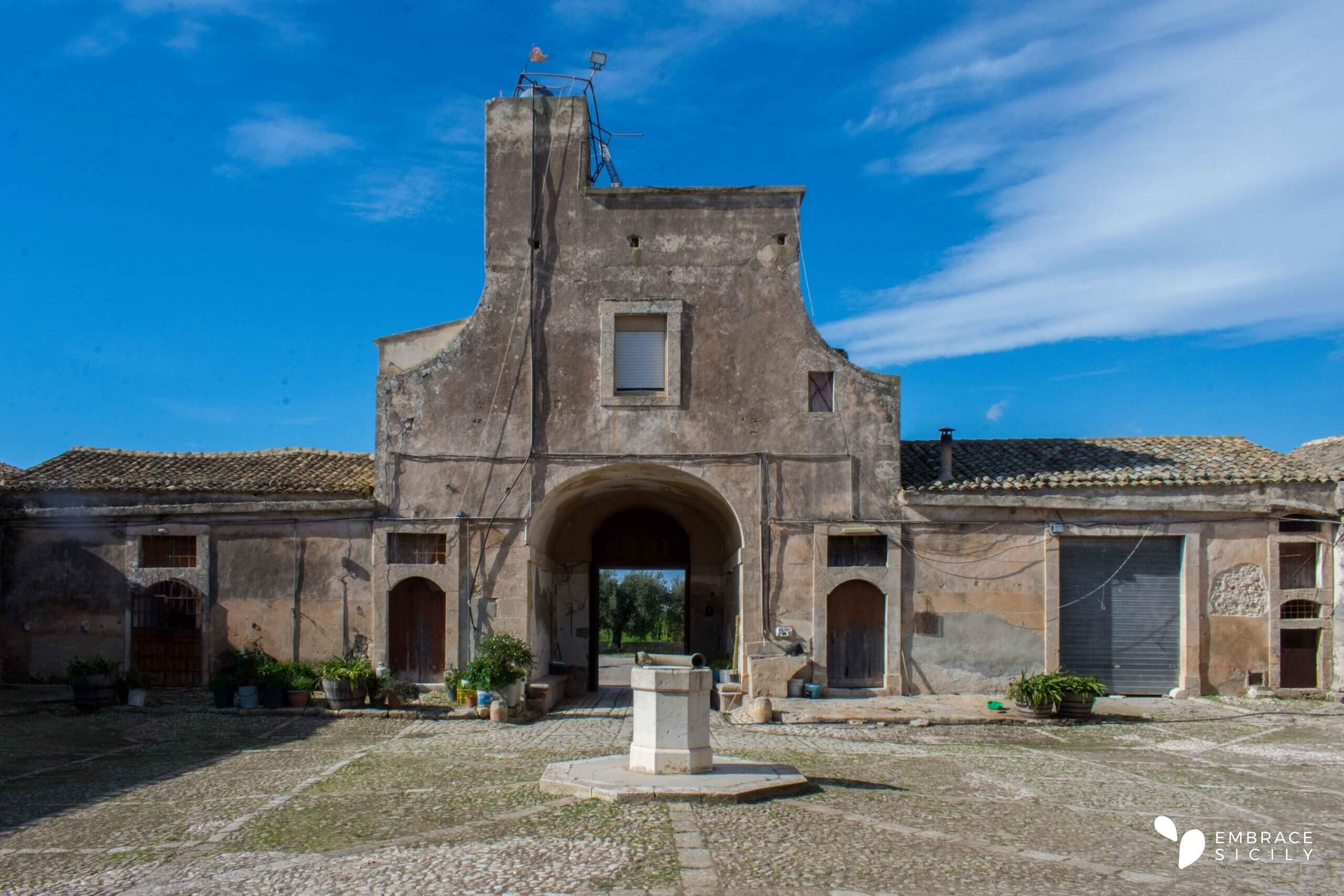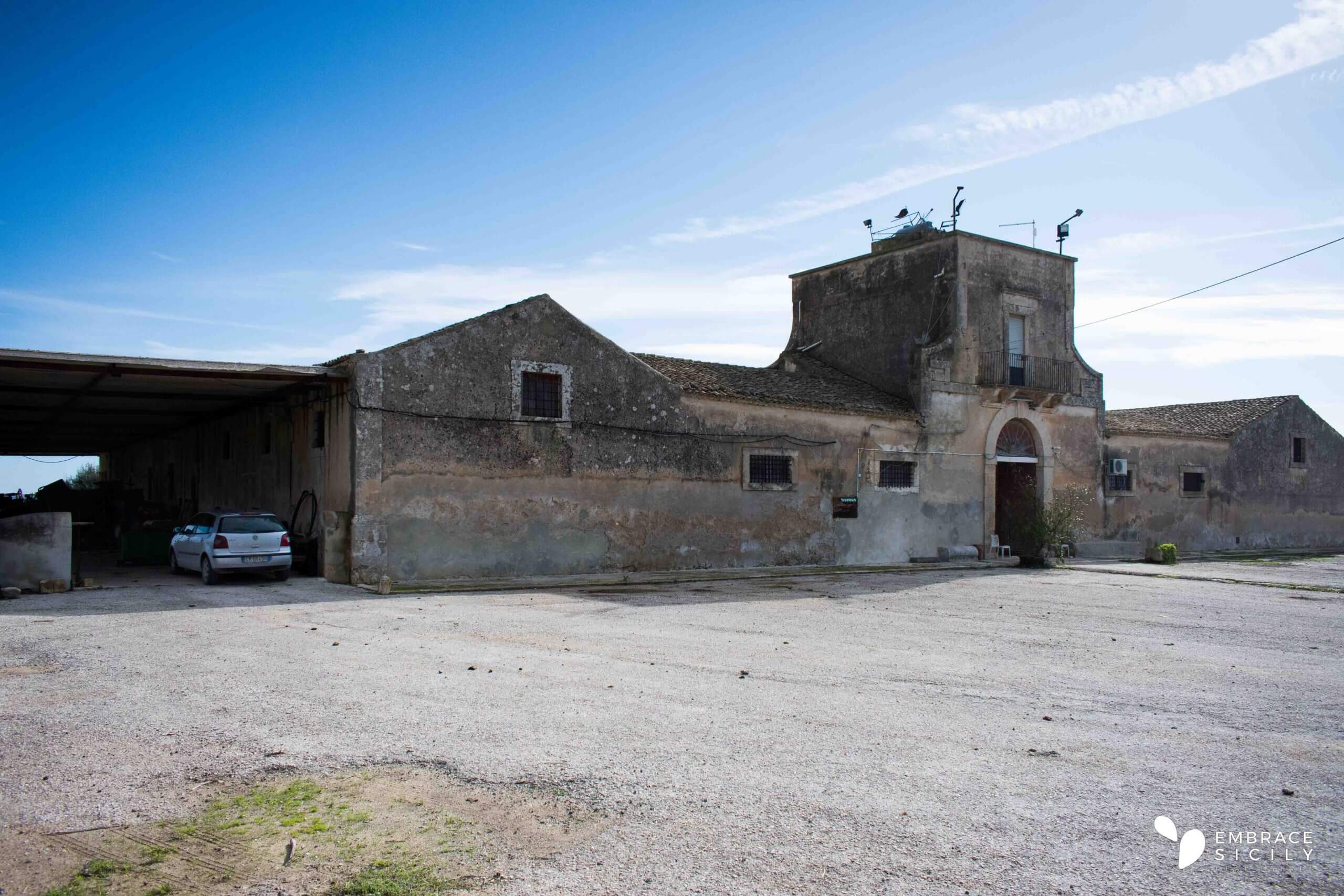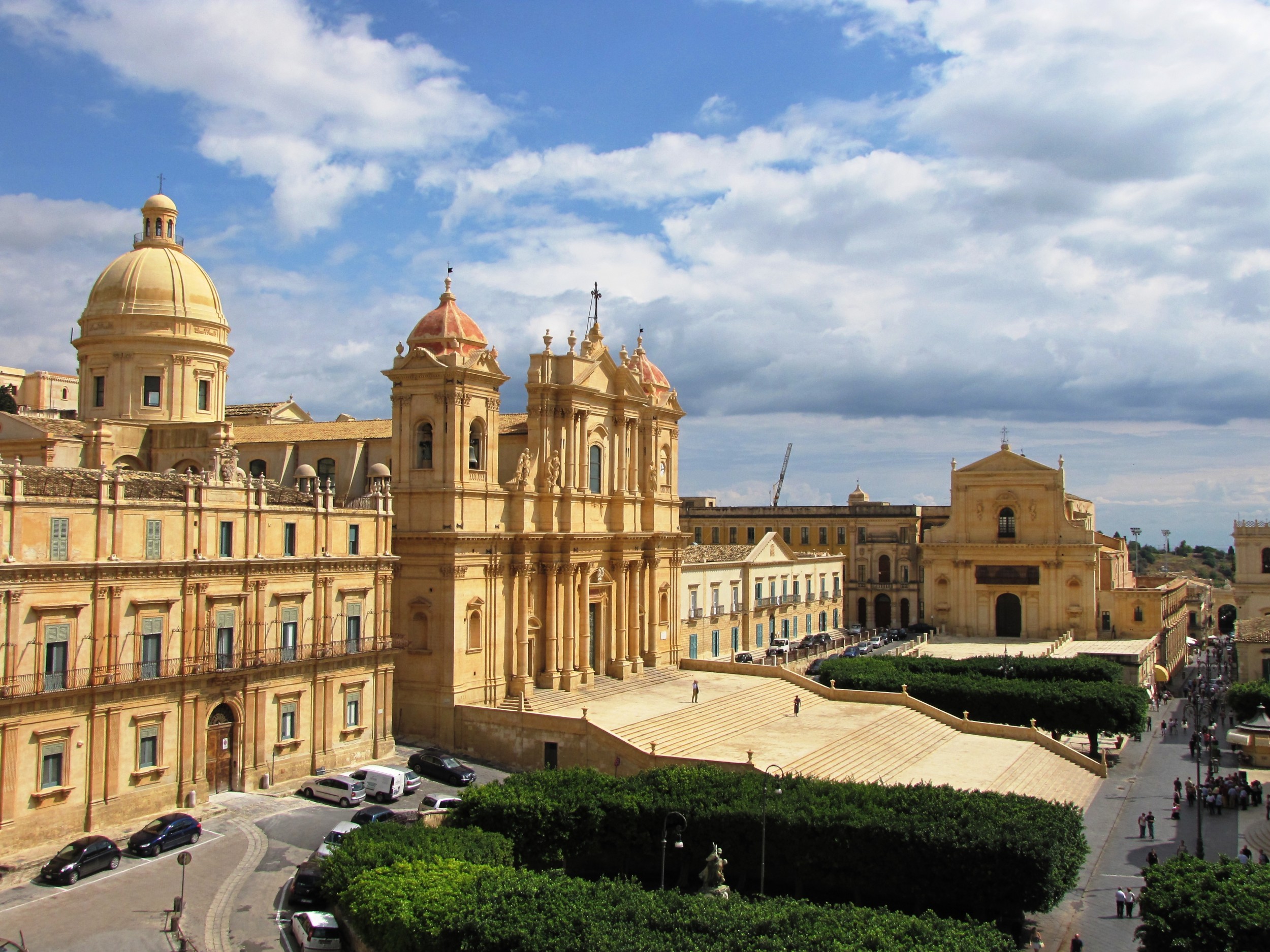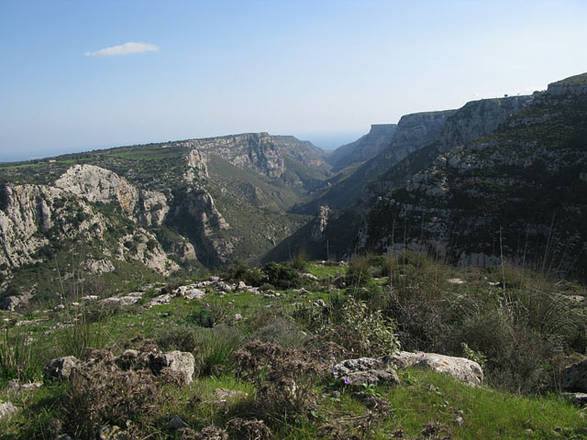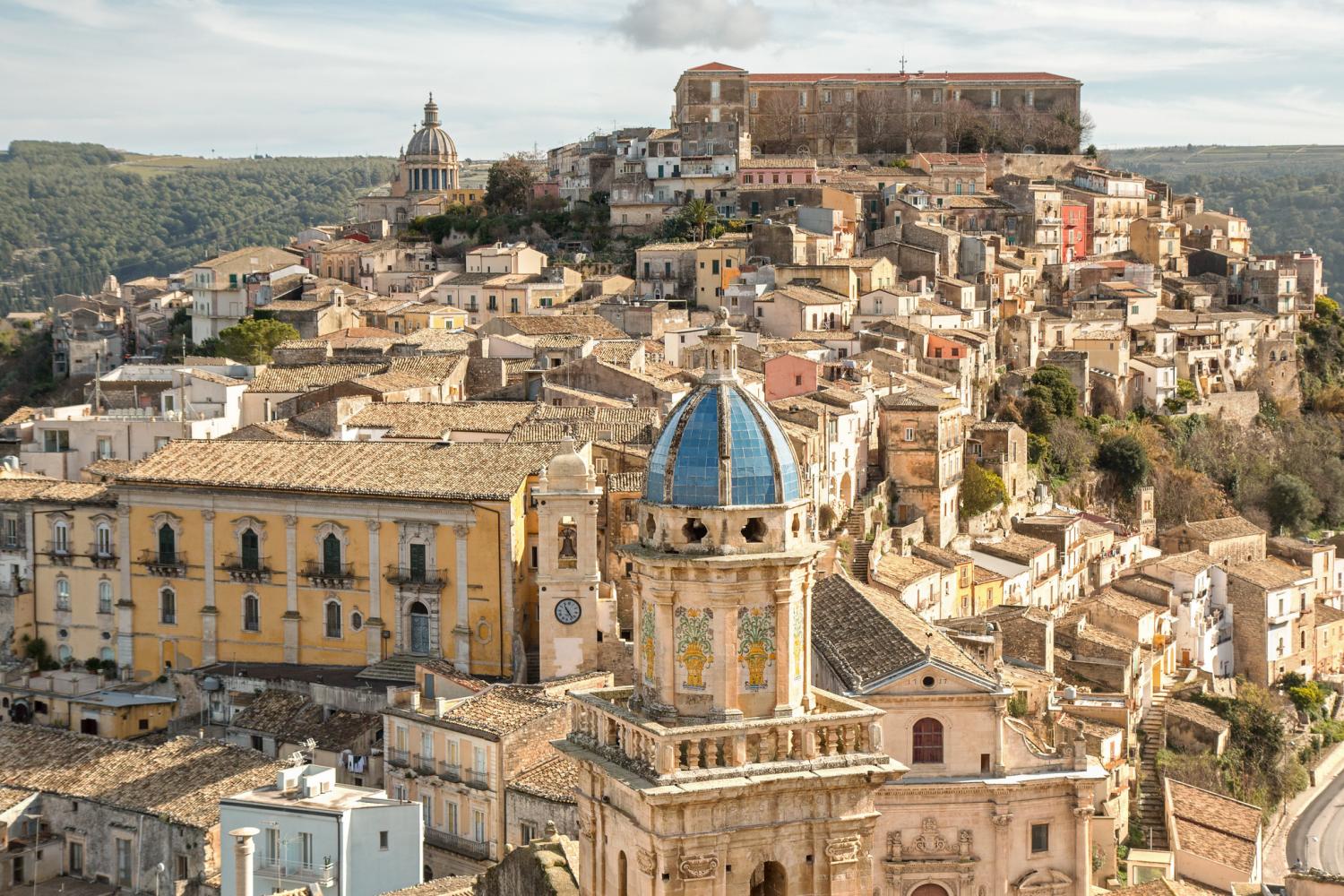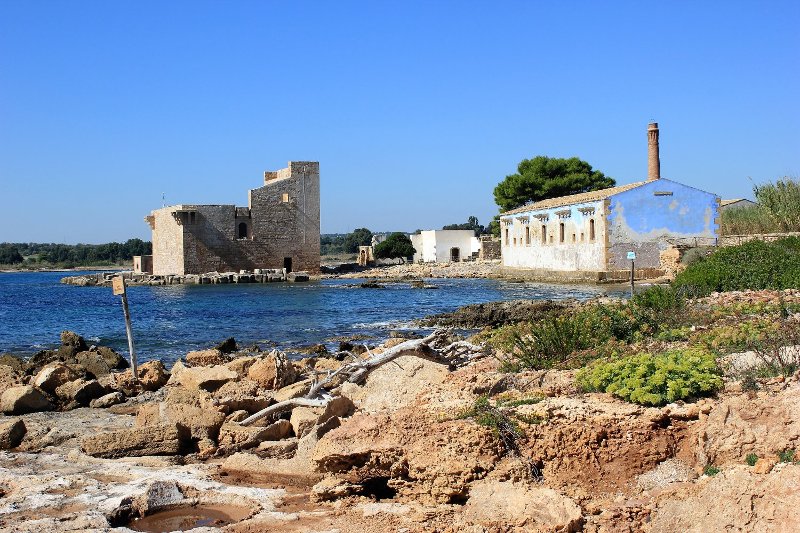Scicli is an ancient and charming small town, where the ambiance is that of a unique, warm, welcoming place, rich in artistic beauty and superbly evocative landscapes.
It is located on a plain, where three valleys called “cave” meet. These are located at the foot of rocky cliffs which give the area a picturesque appearance.
Scicli counts with a more than a millennium of history, as demonstrated by the archaeological remains found in the area, which suggest the existence of a town as early as three thousand years ago. Its past was forged by the colonization of different civilizations and, consequently, the whole culture of the place prides itself on the blending of different traditions.
Ancient Scicli stood on a hill, the hill of St. Matthew, where a castle had been built (the remains of which can still be observed today).
Under the rule of the Arabs, Scicli experienced a period of great agricultural and commercial development. Later on, it was the Normans who liberated the town from the Saracen rule. A battle between Normans and Arabs is linked to the legend of the Holy Virgin of the Militia, patron saint of the town along with St. William, and to whom the town dedicates one of its most heartfelt popular festivals.
Gradually, the town began to transform and the first settlements arose on the plain below. The 1693 earthquake determined a strong acceleration of the process of moving from the hill to the valley. The present urban layout, in fact, derives from the reconstruction of the old town, in exquisitely late Baroque style, following this catastrophic event that indelibly marked the lives of the Sicilians and the fate of southeastern Sicily.
Scicli began to assume its present topographical structure around the 15th century.
OUR SUGGESTIONS
Watch our videos
Blog
EXPLORE THE AREA
Didn’t find what you were looking for?

























